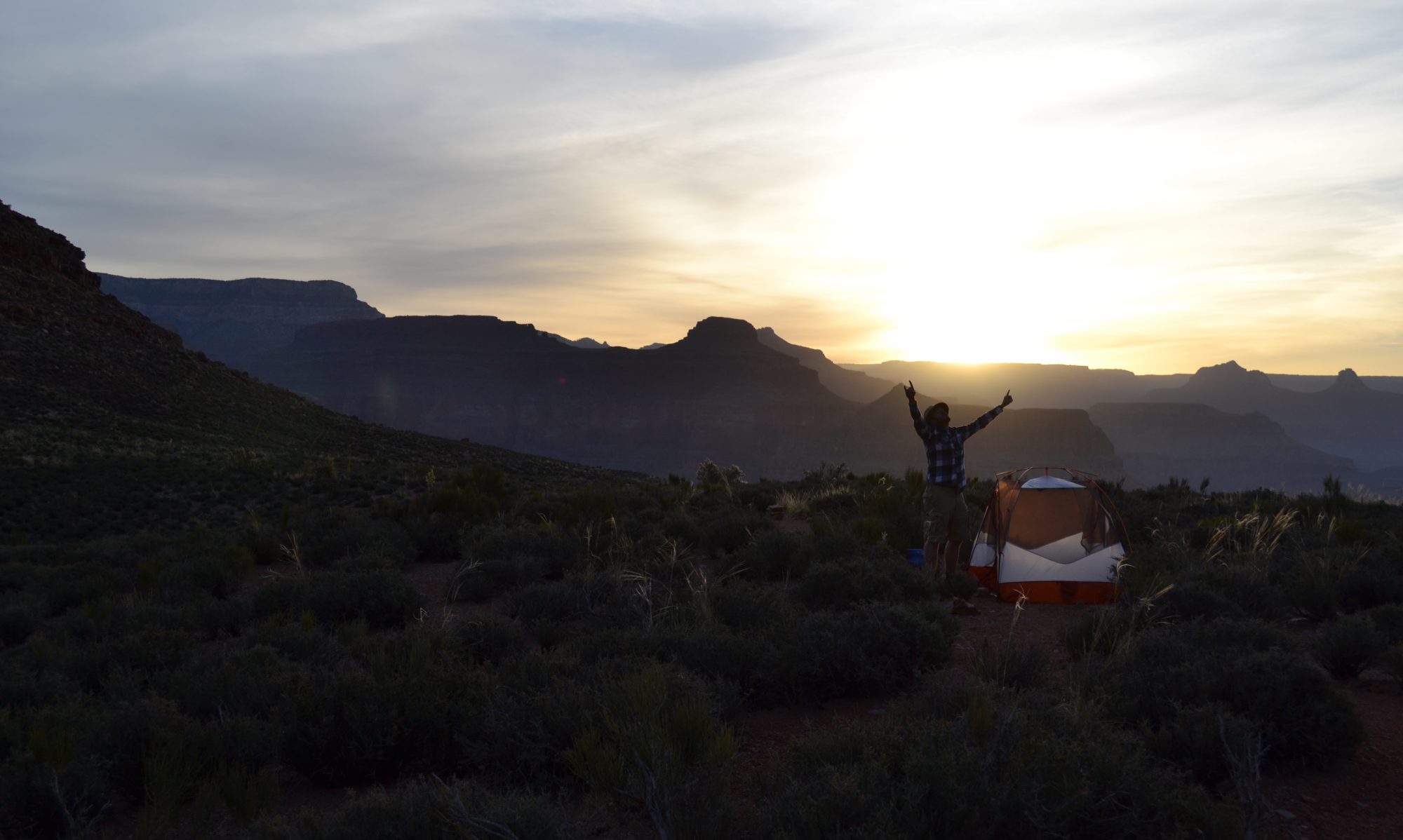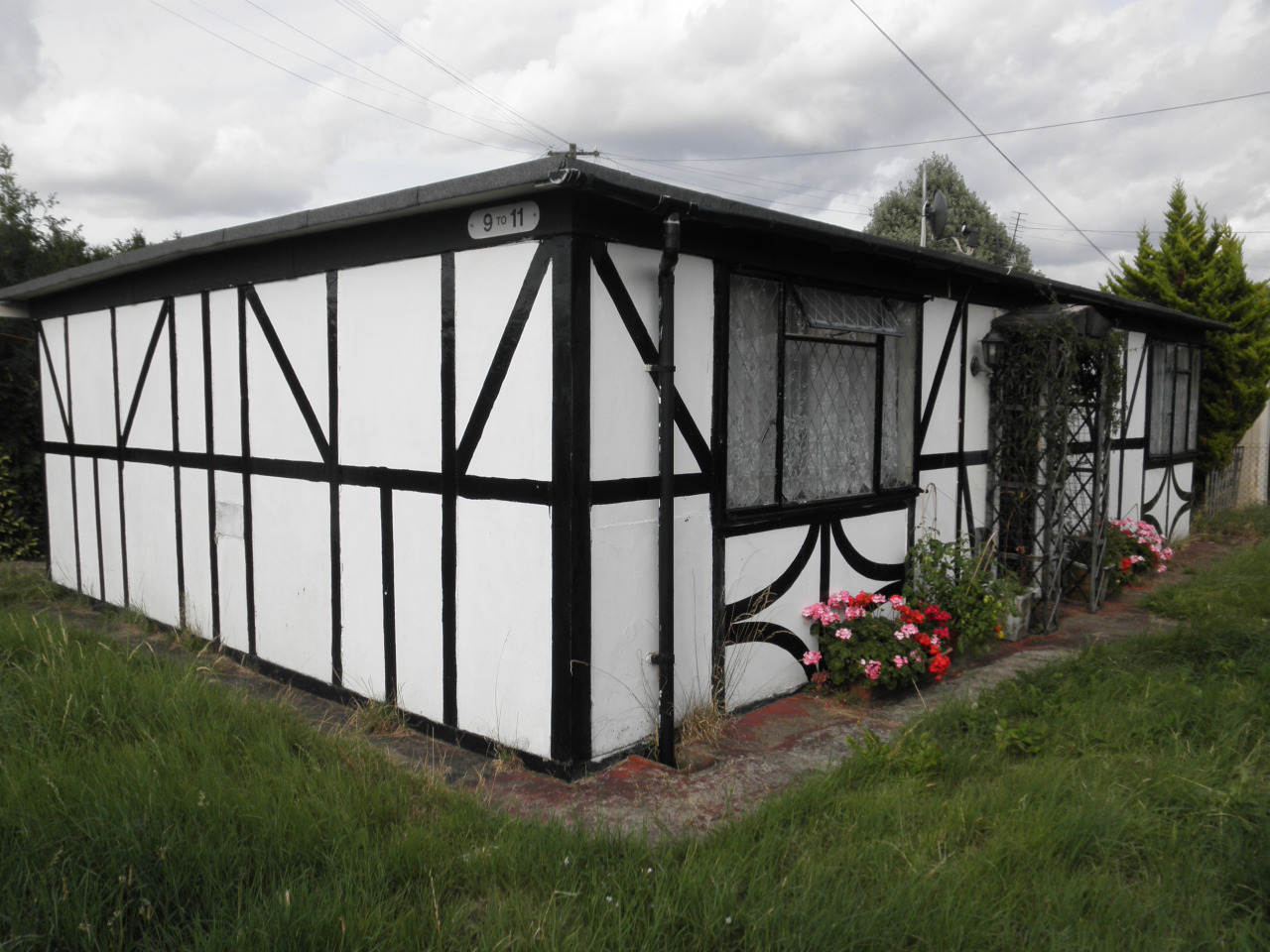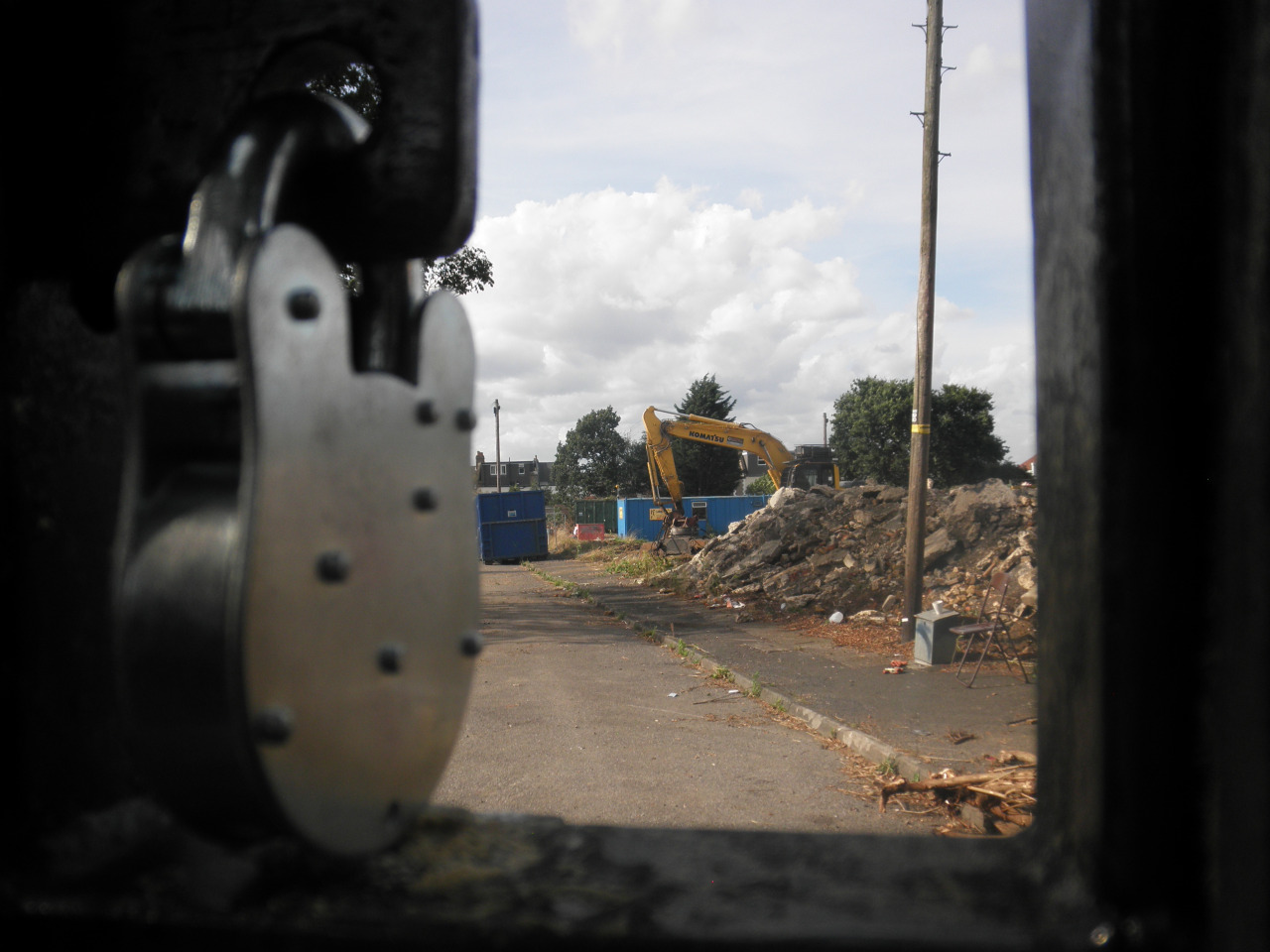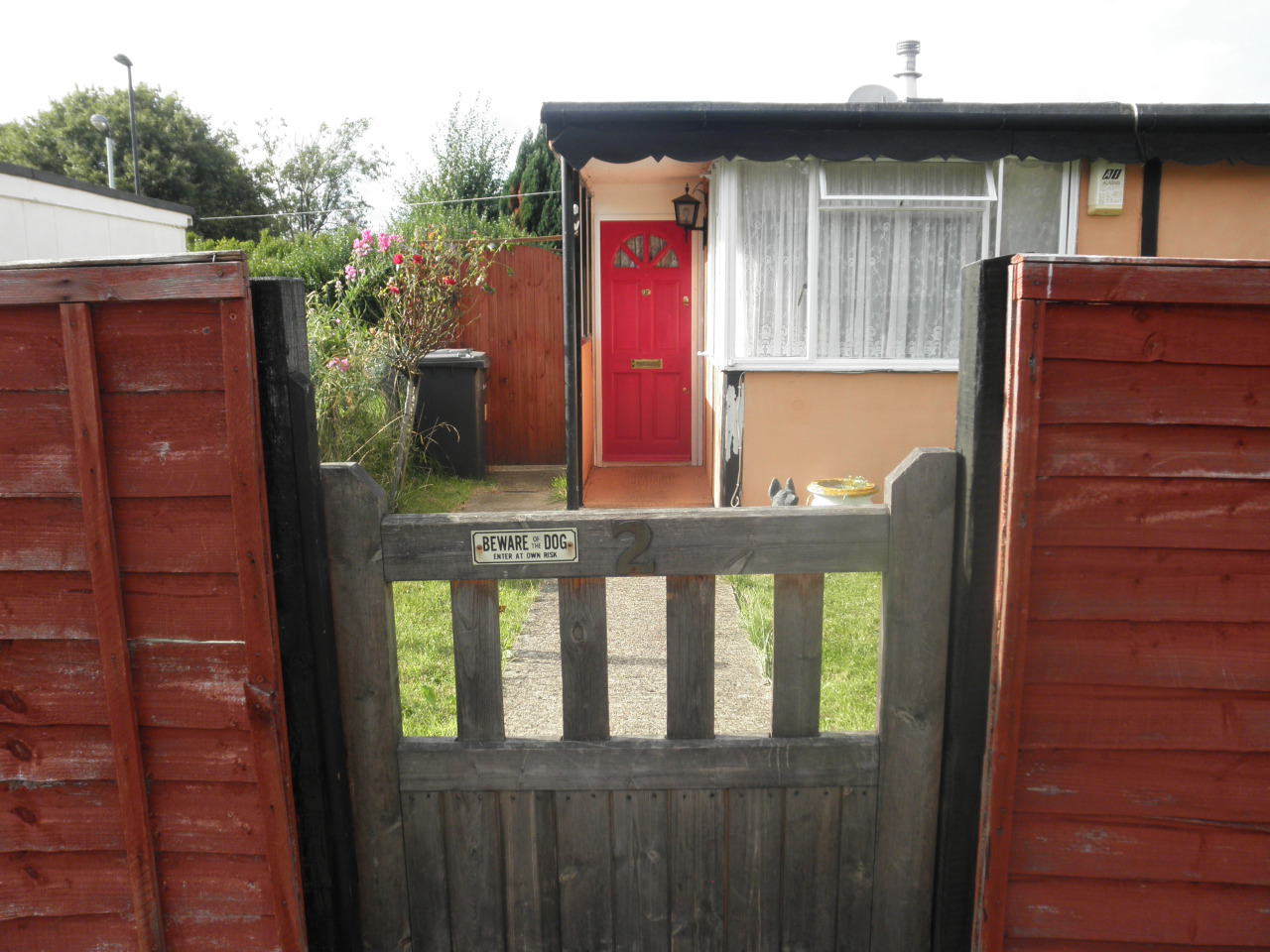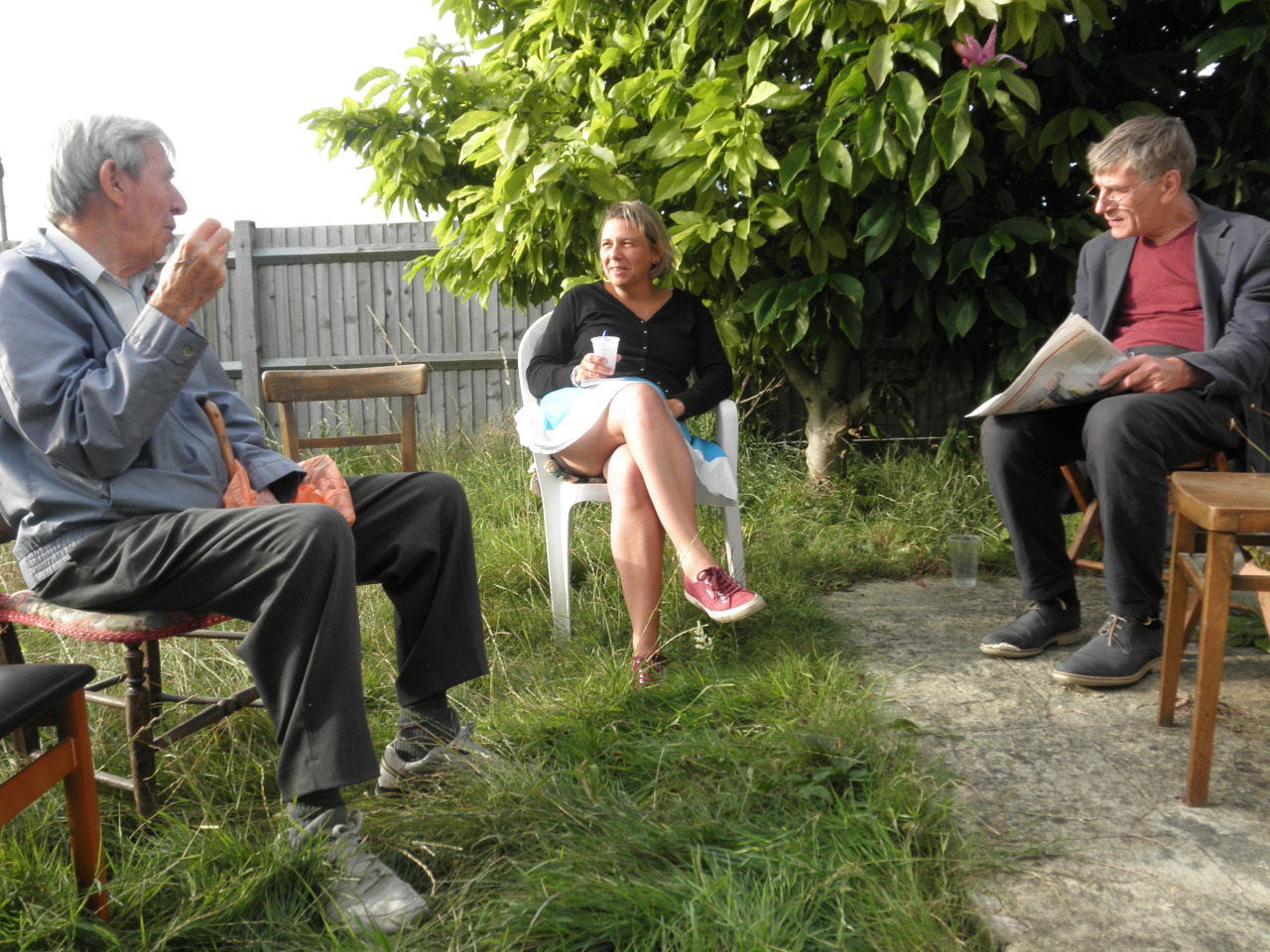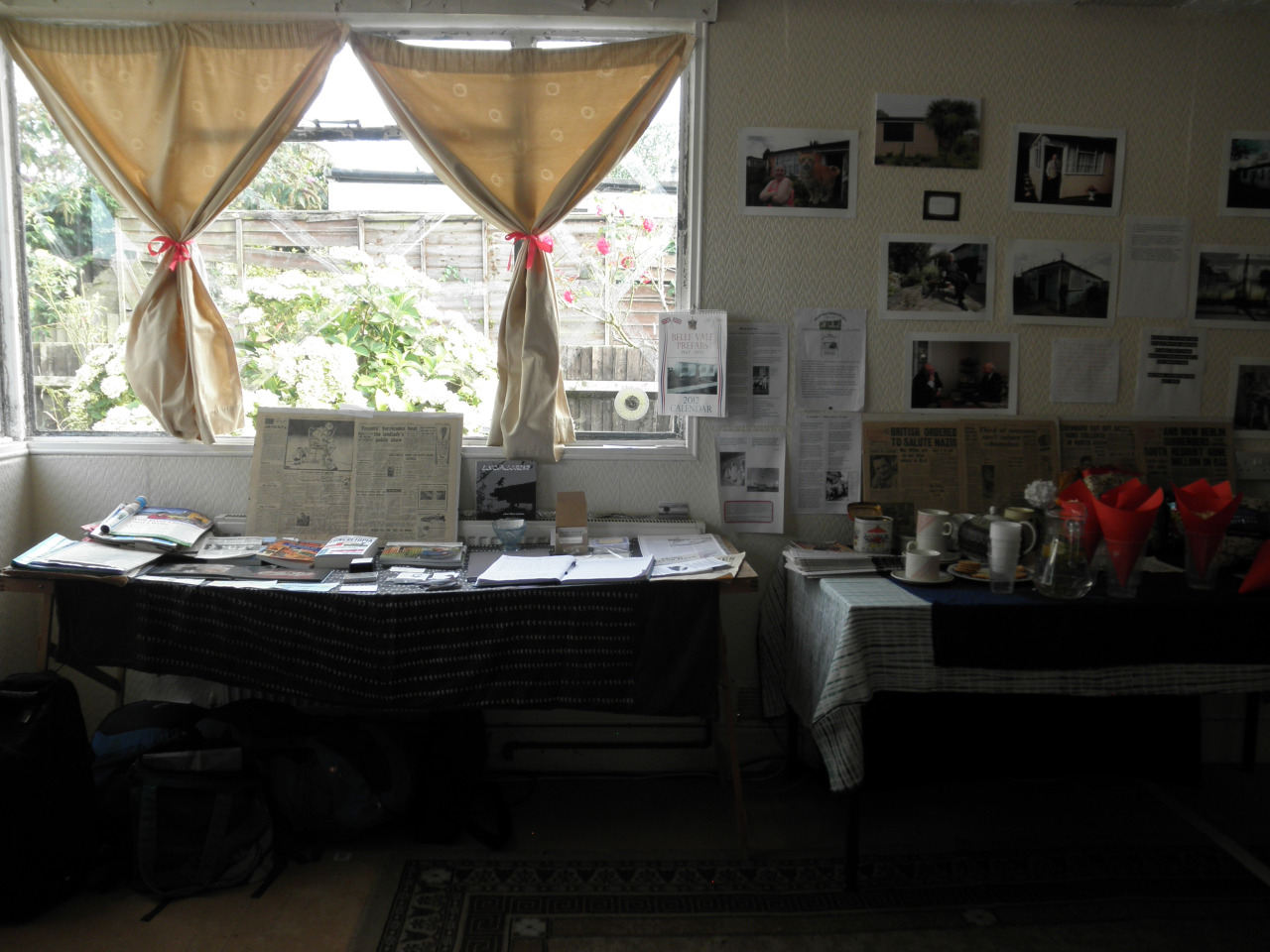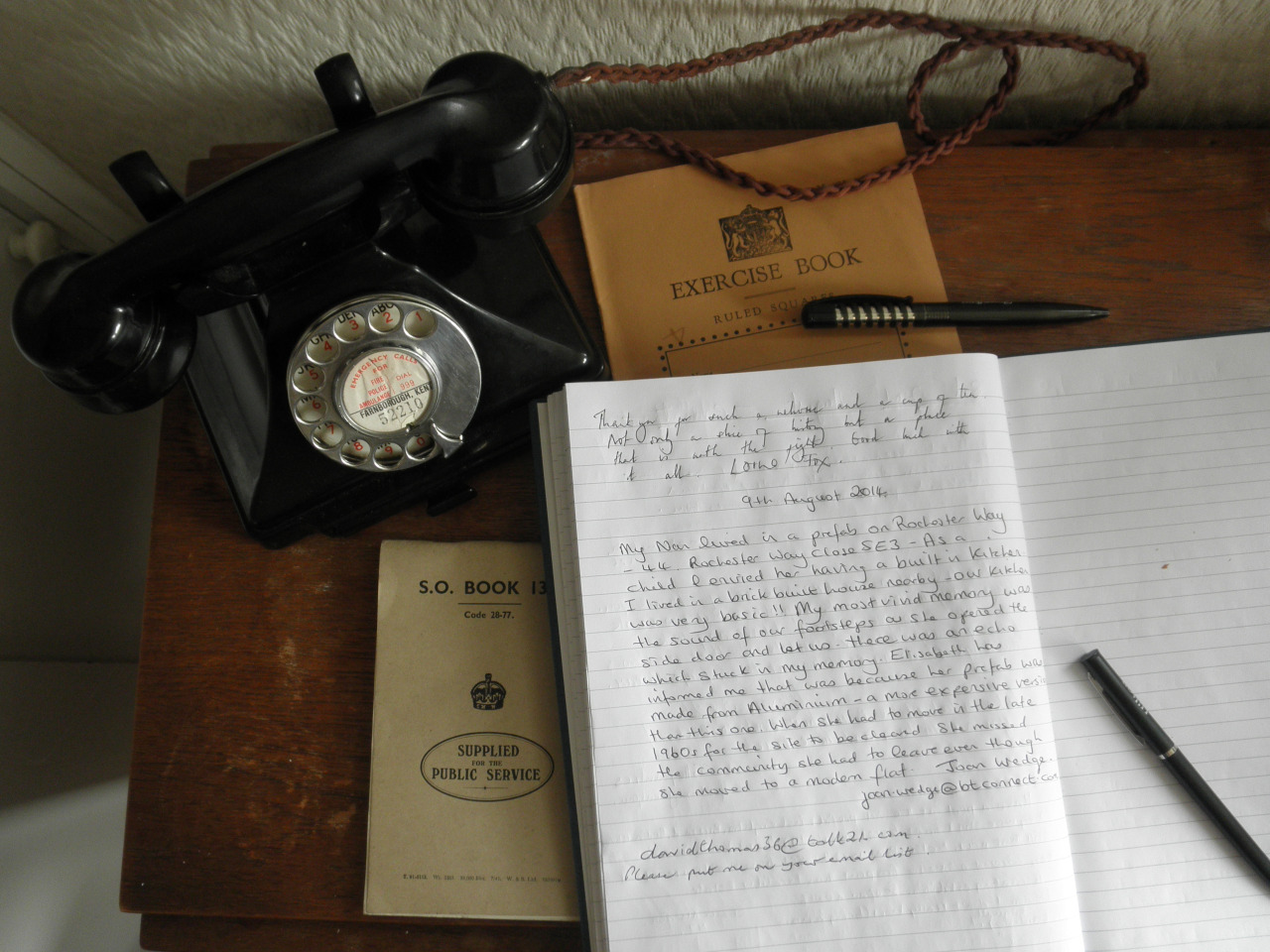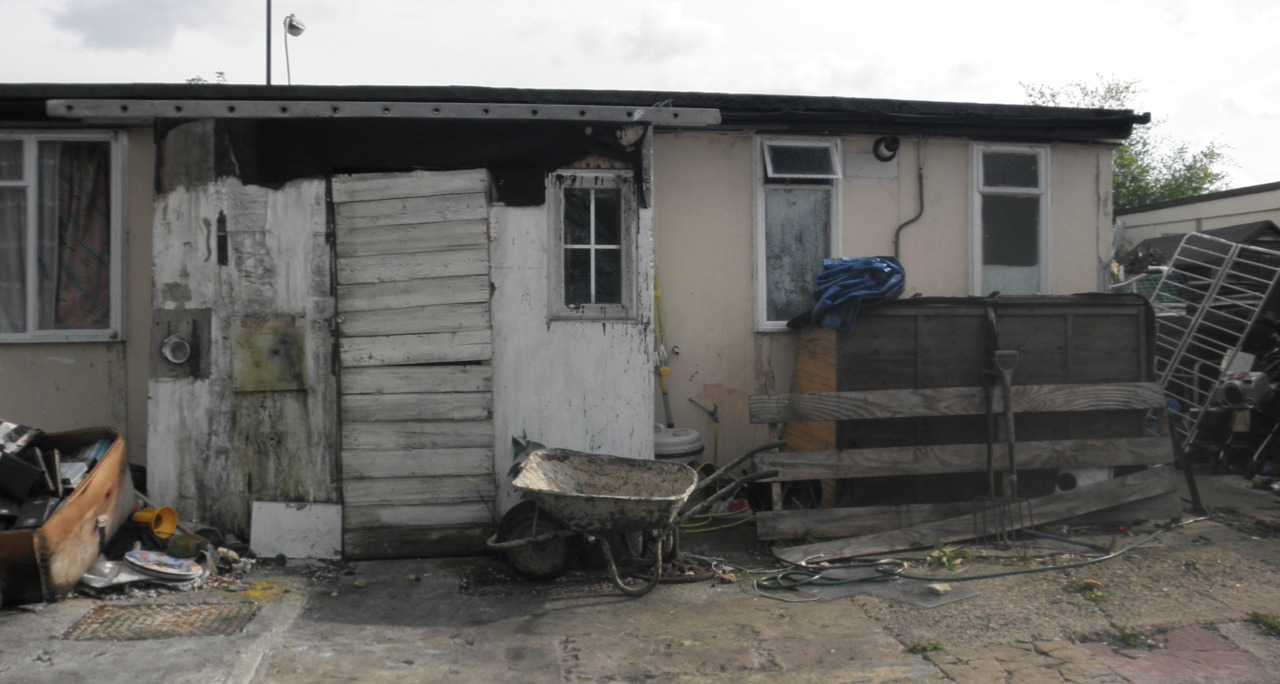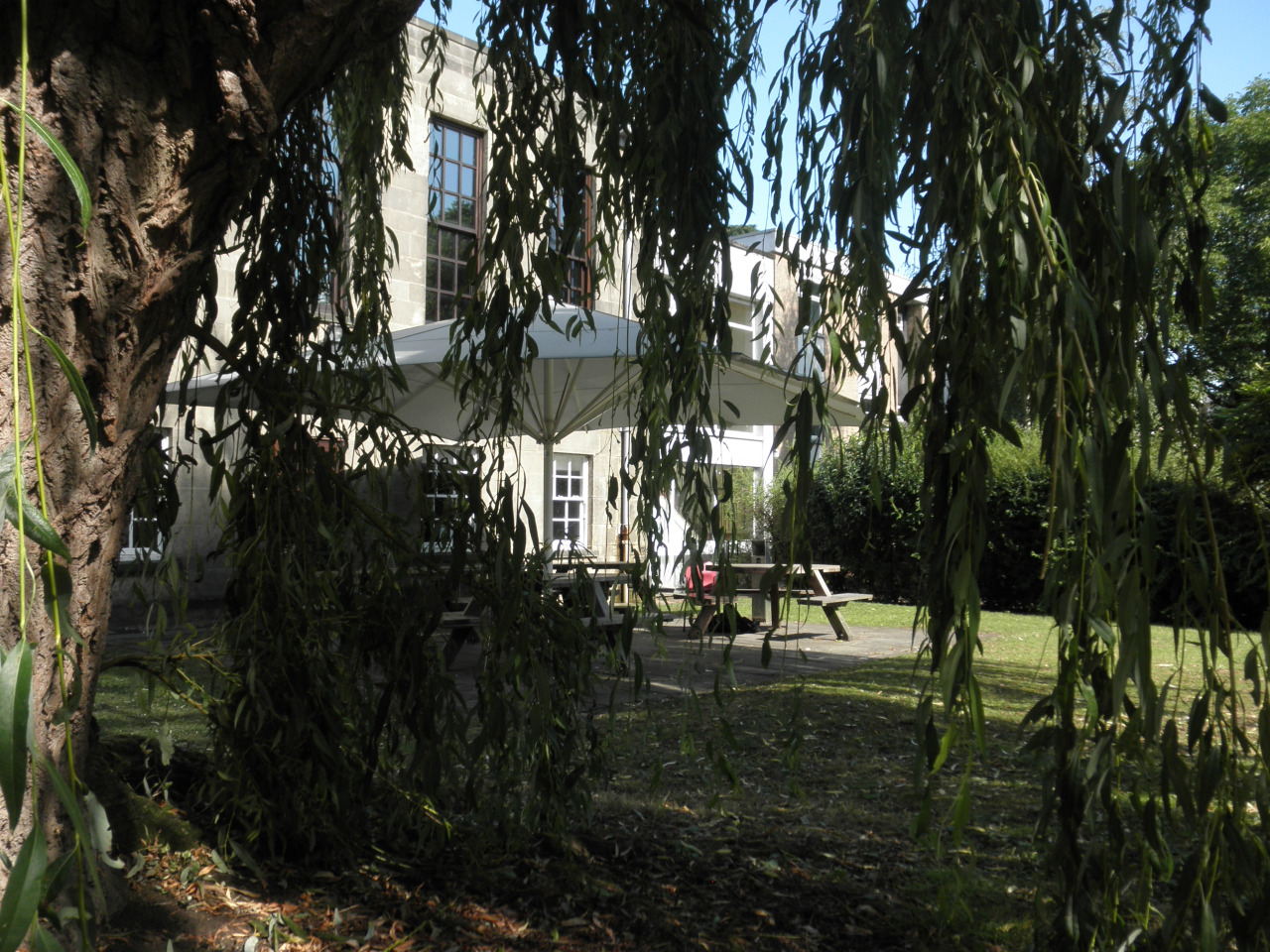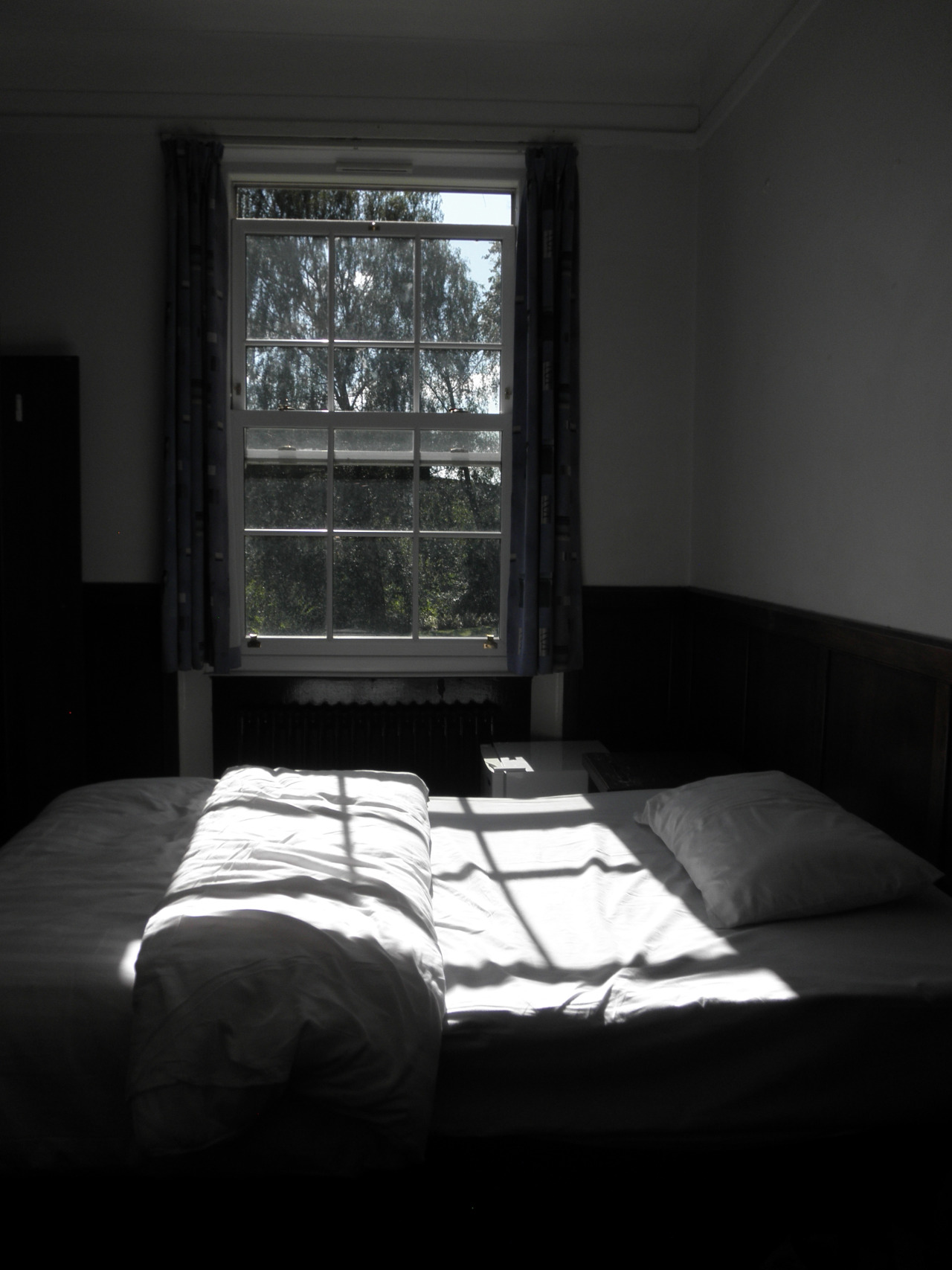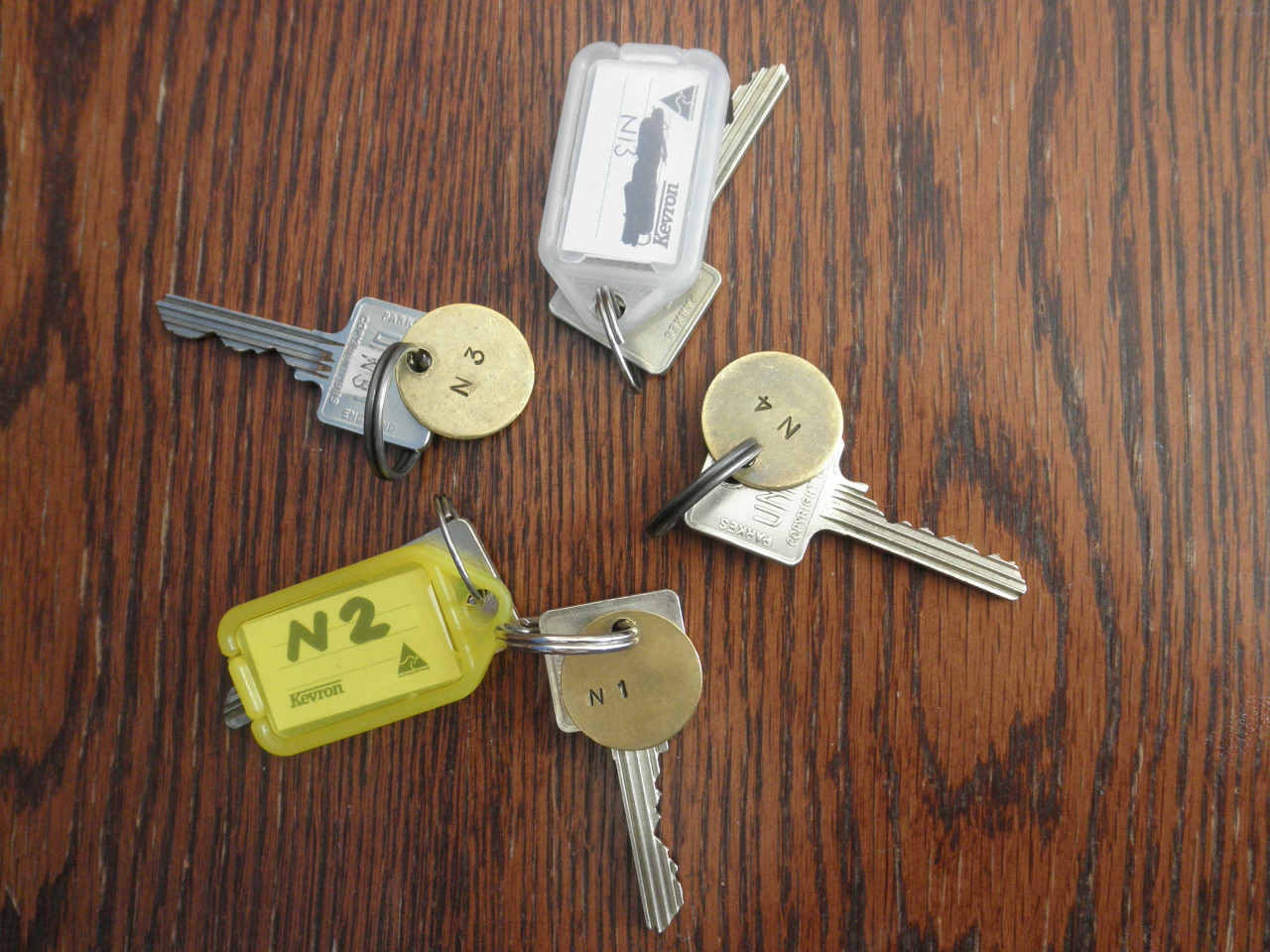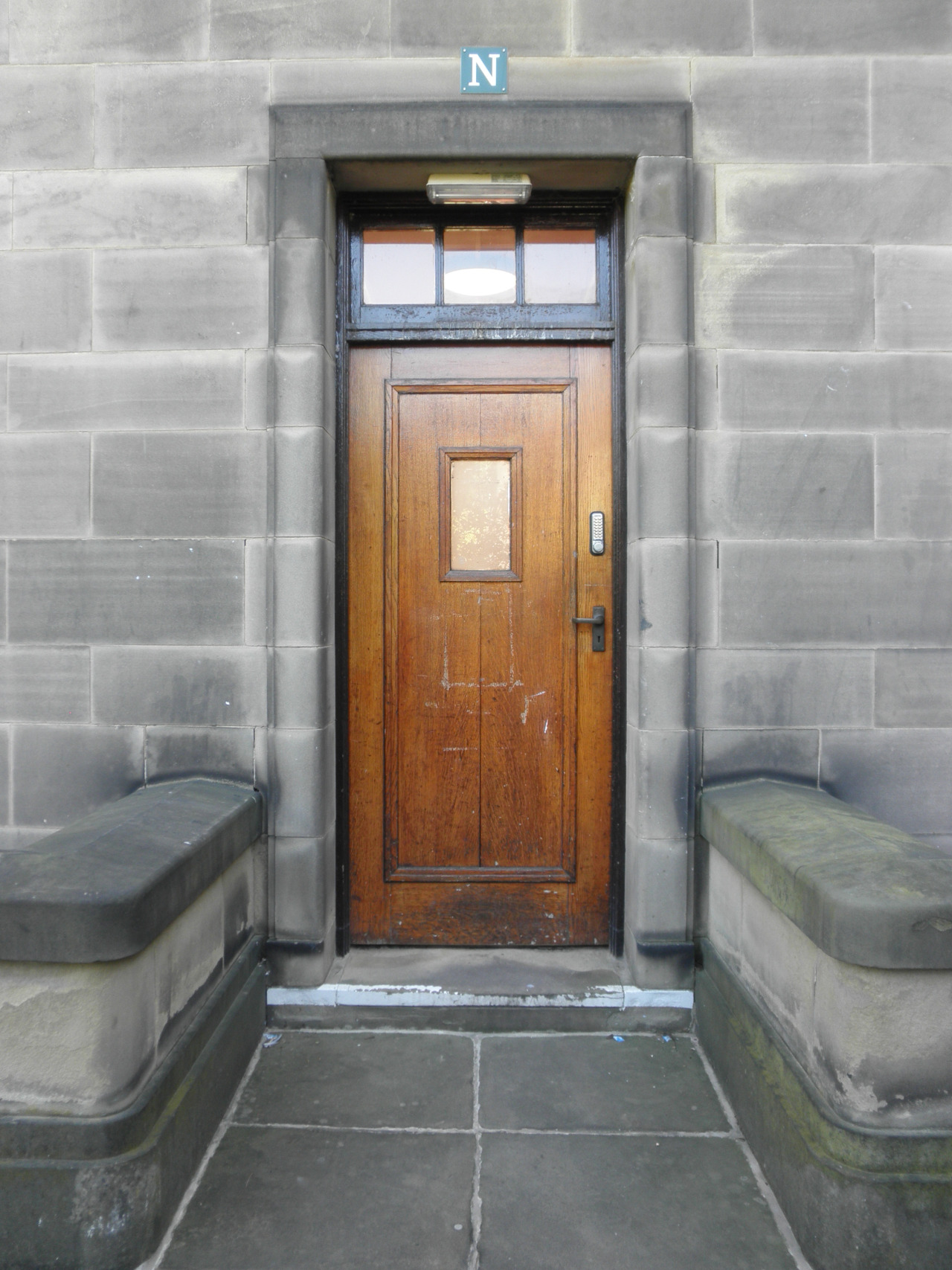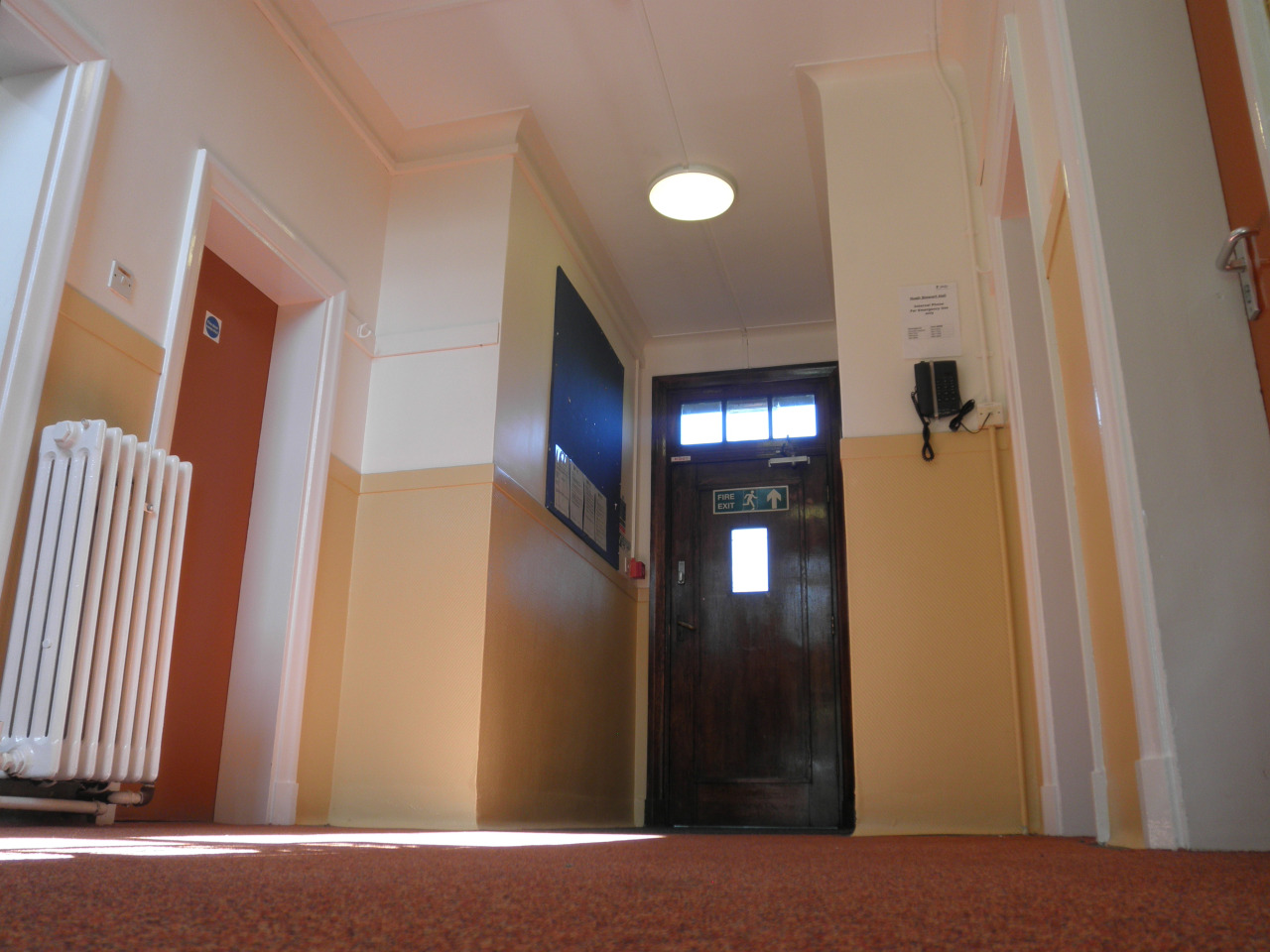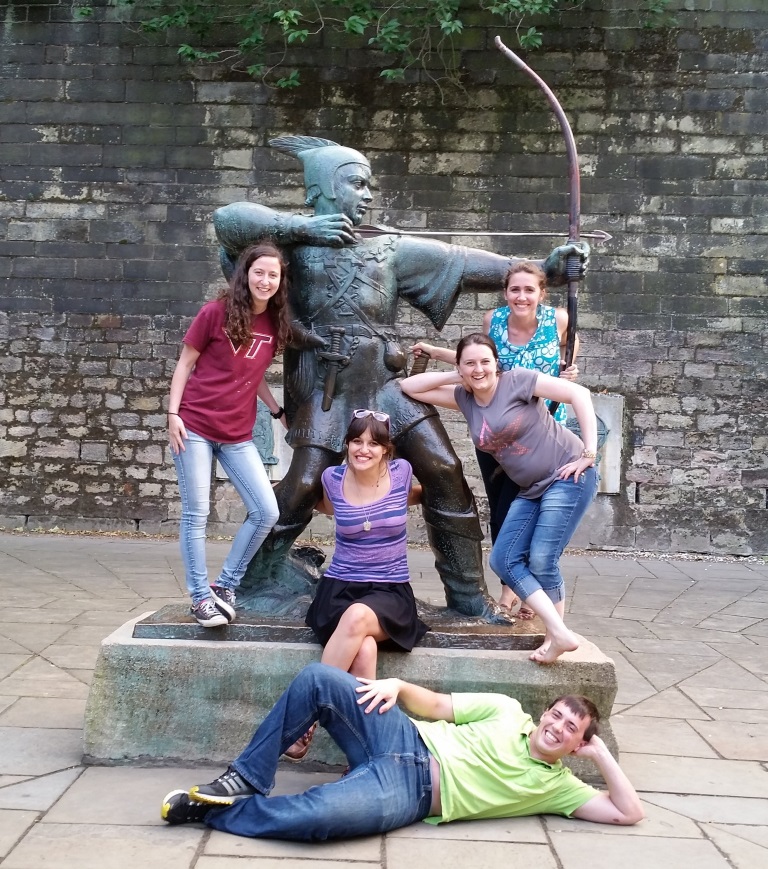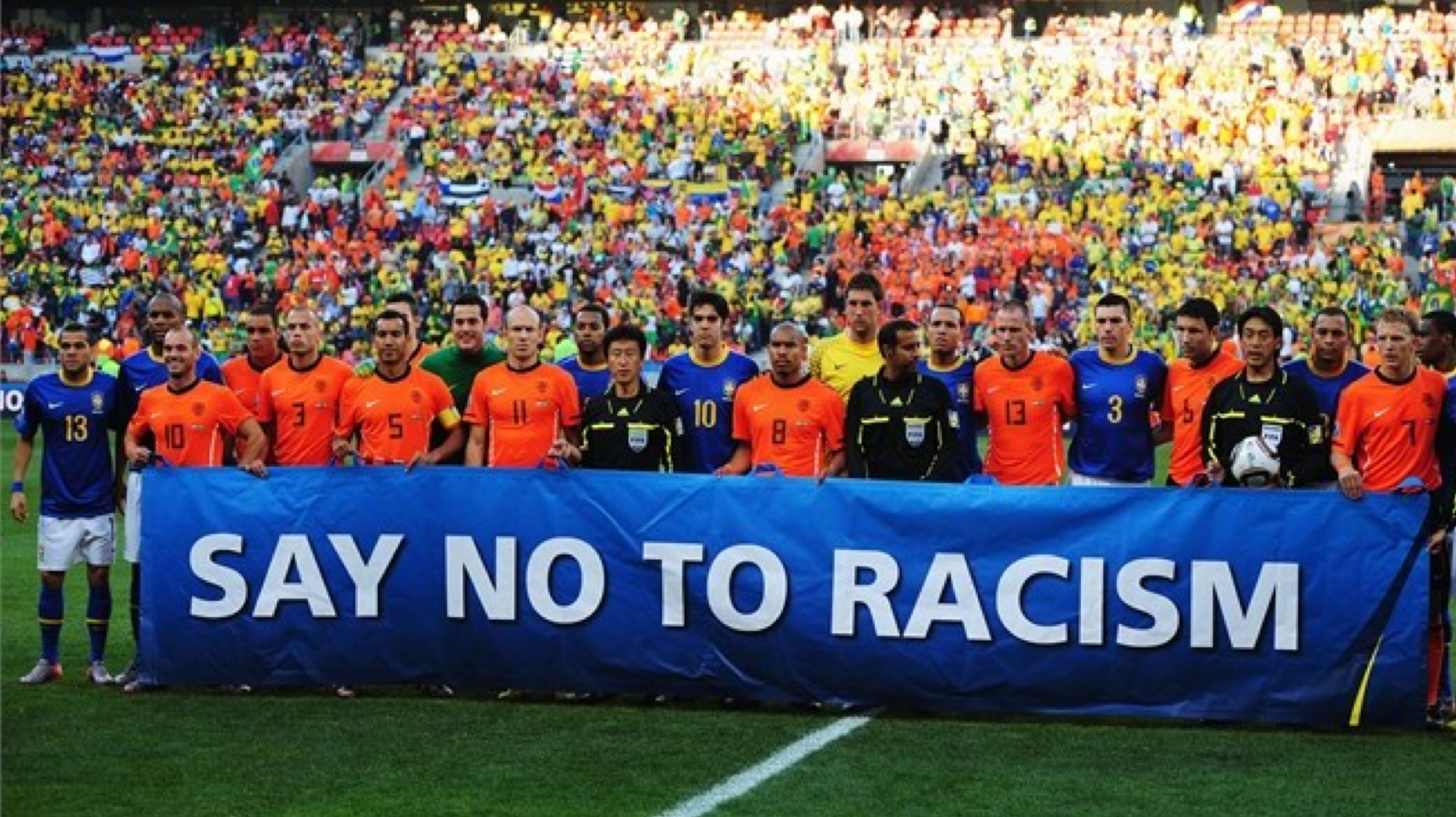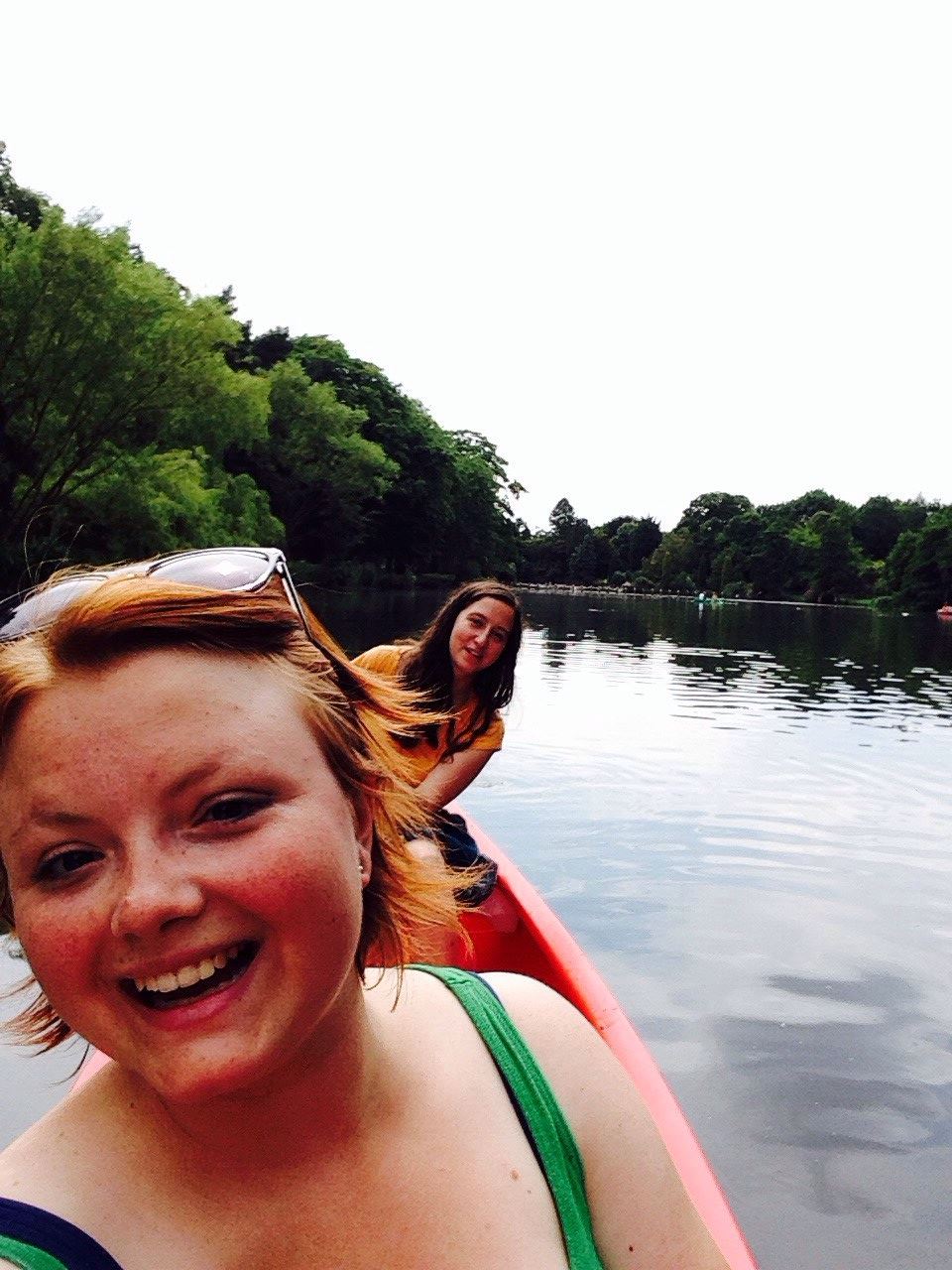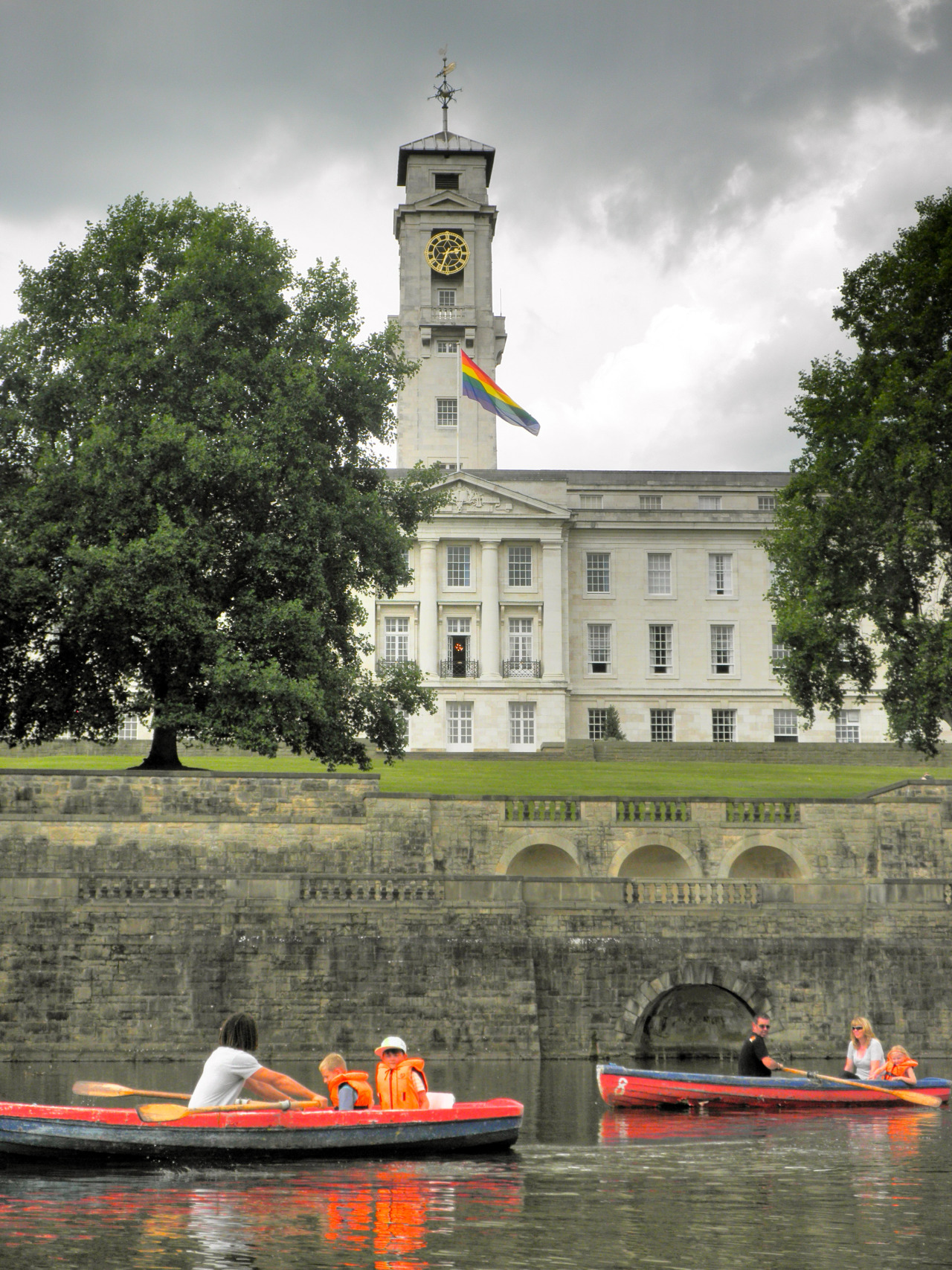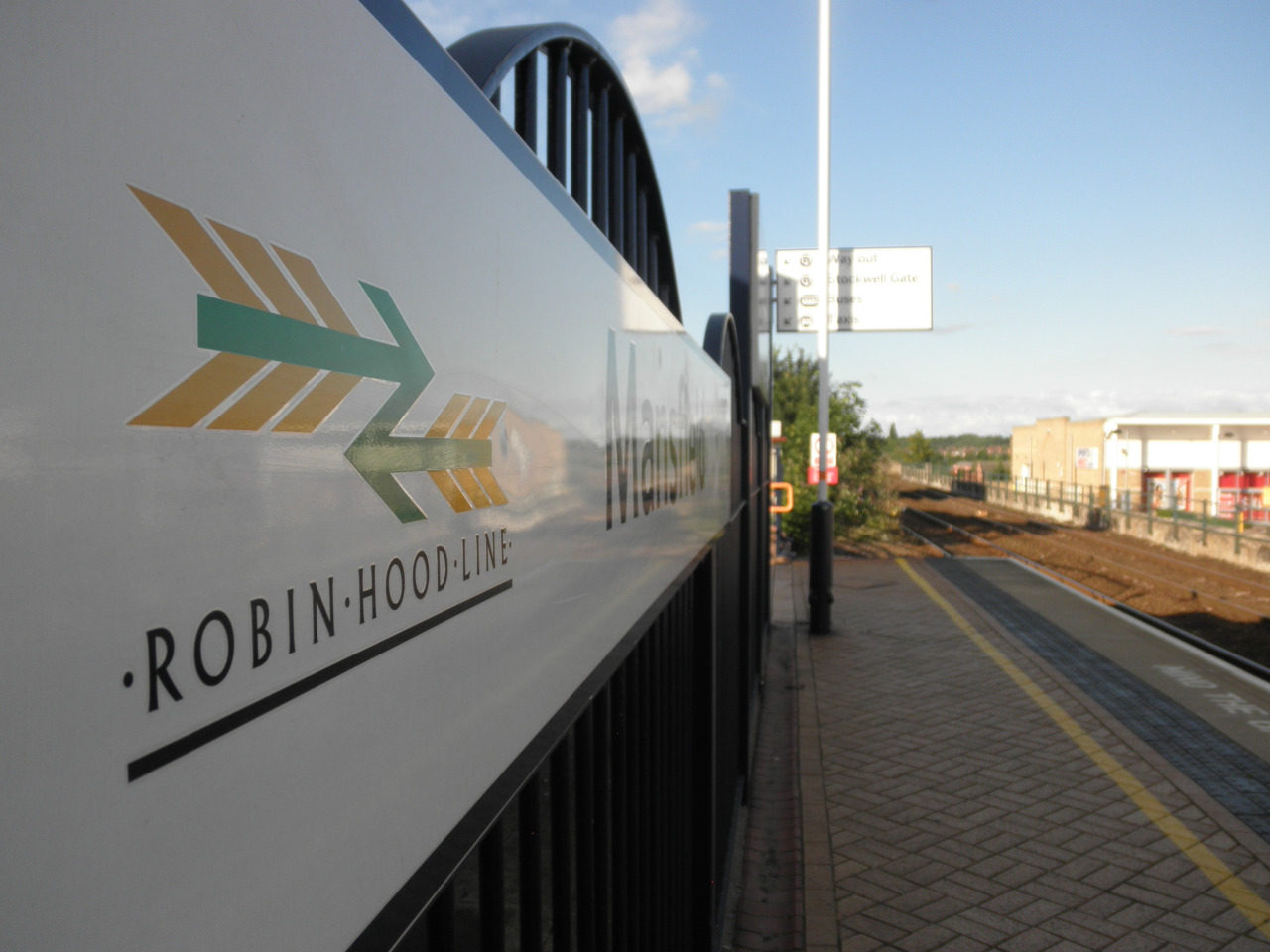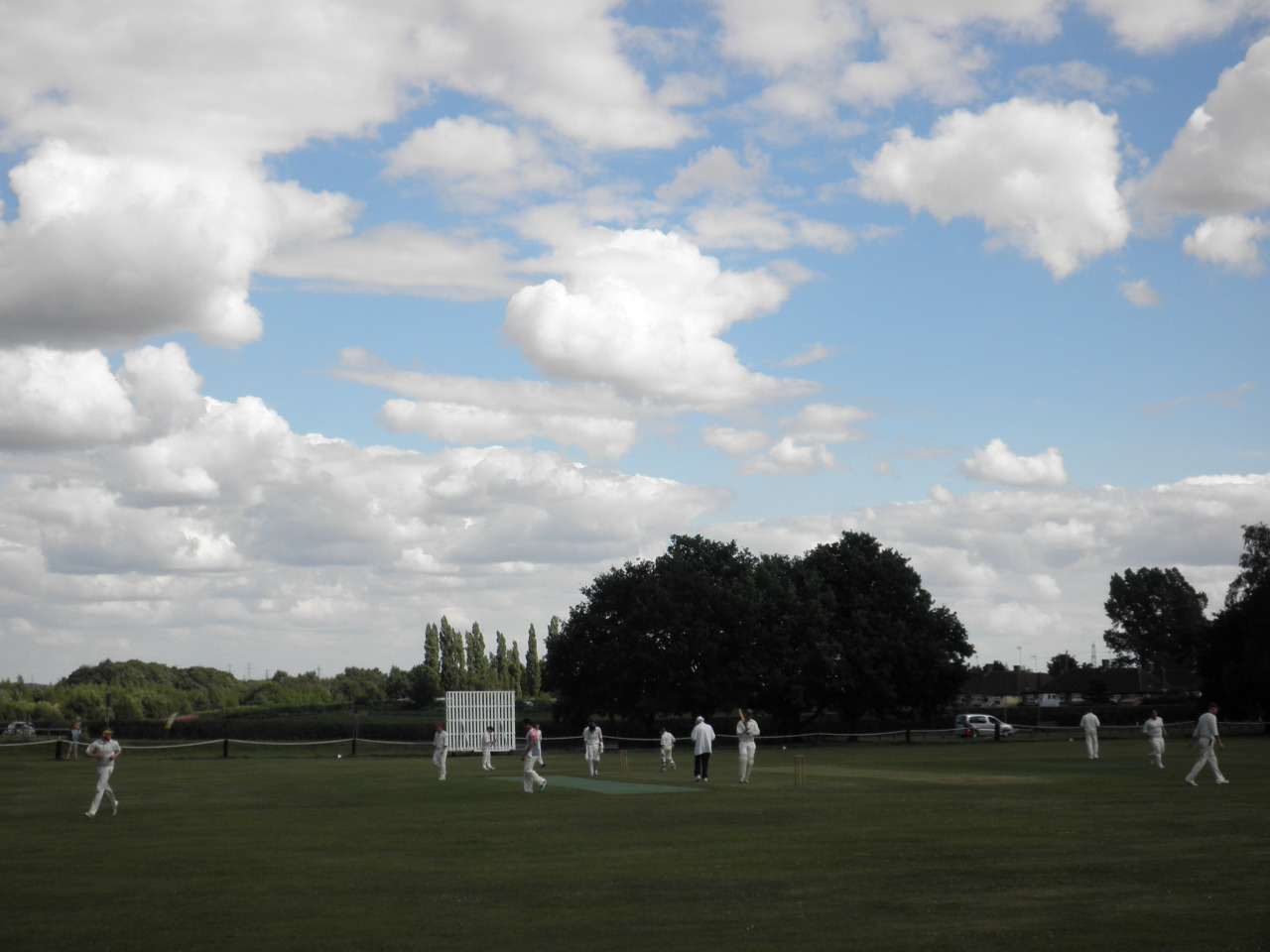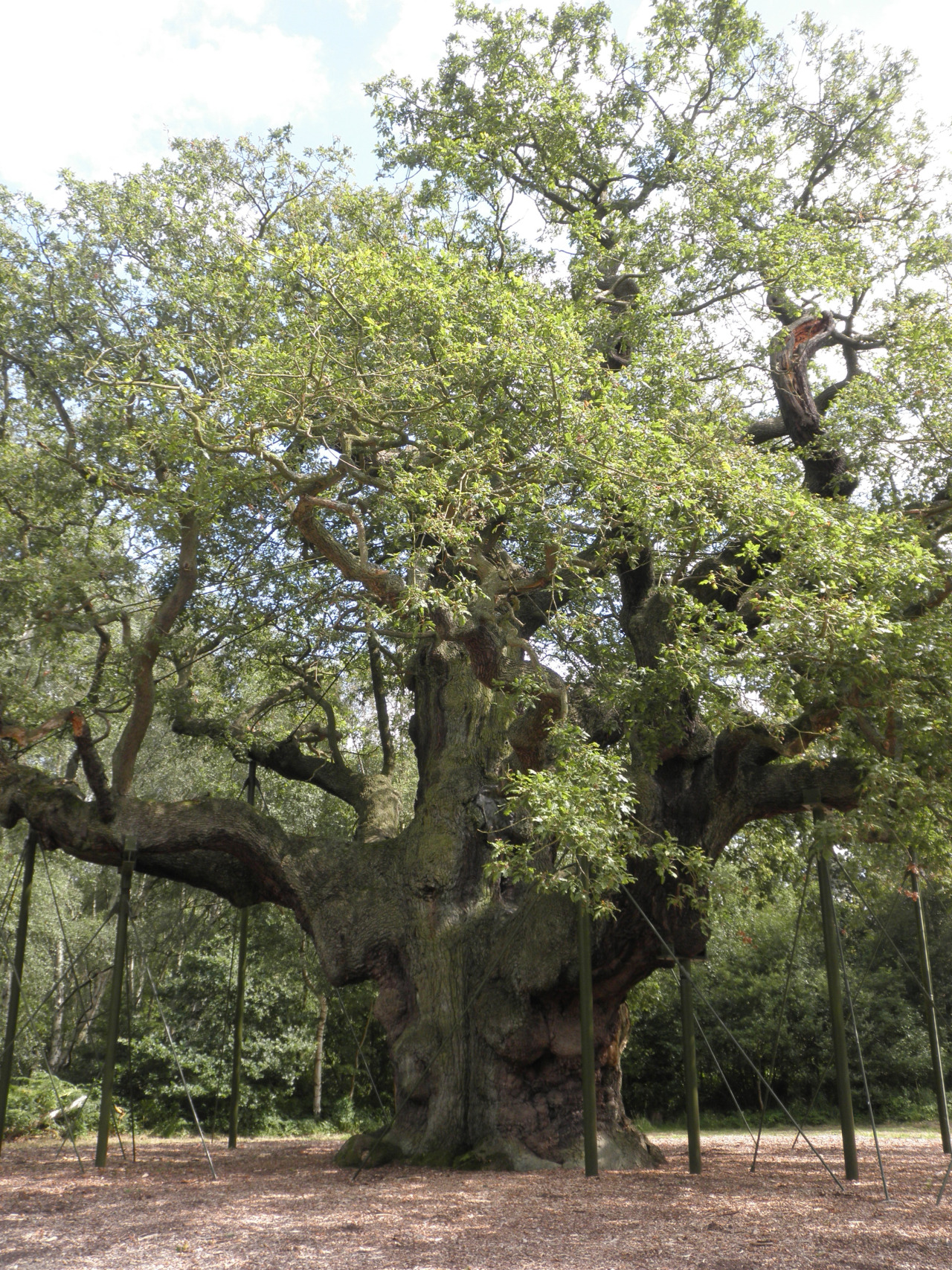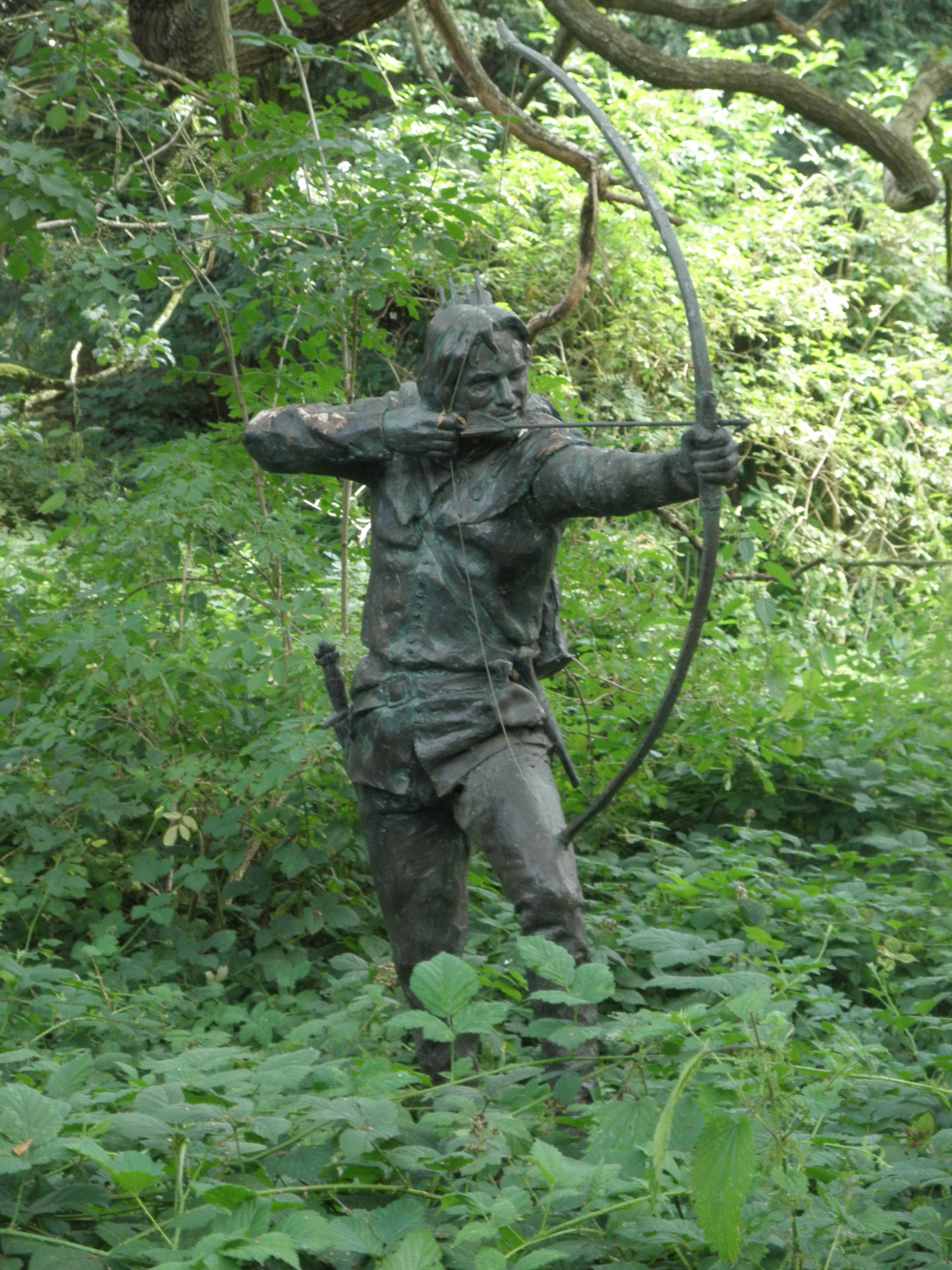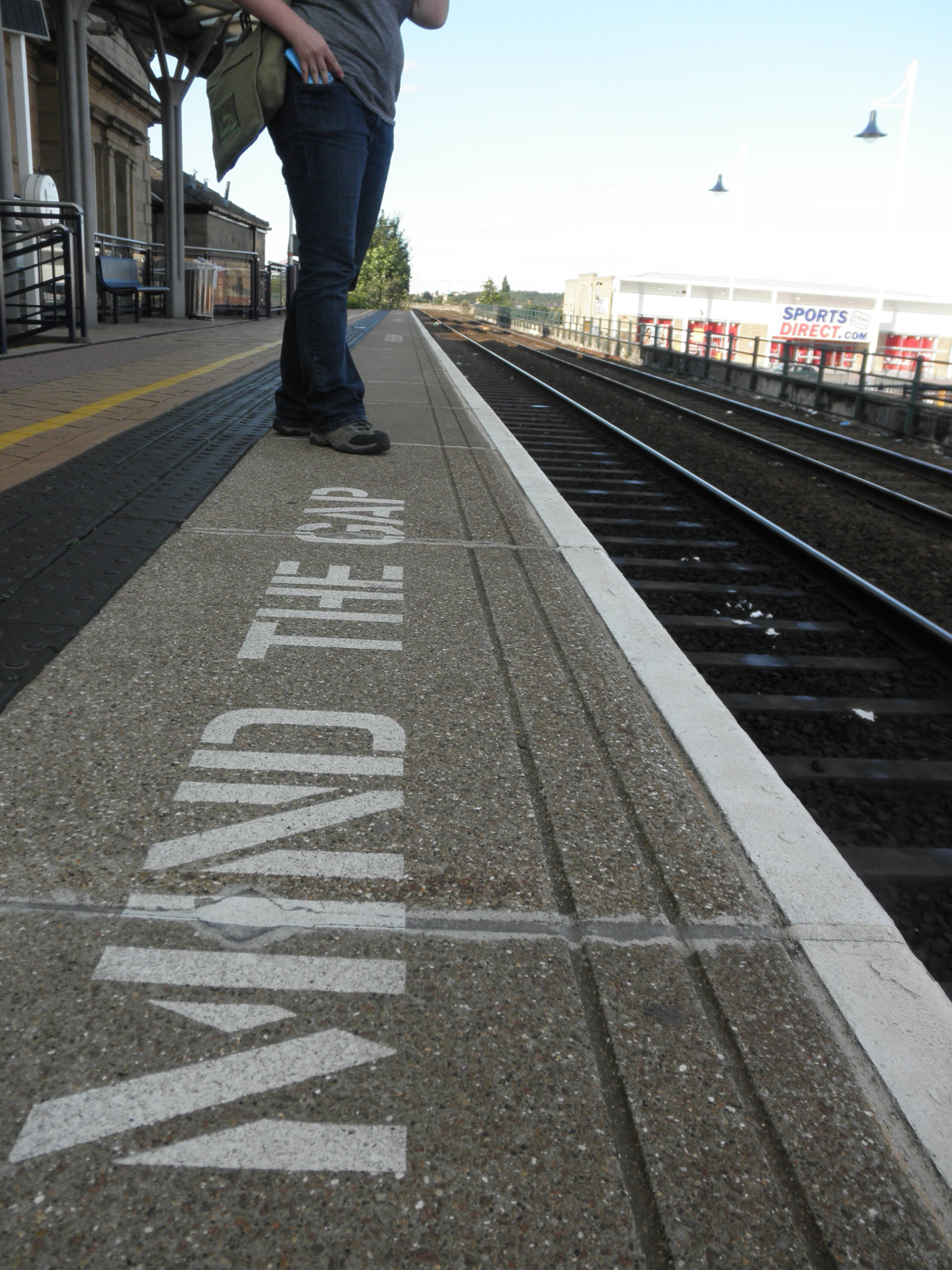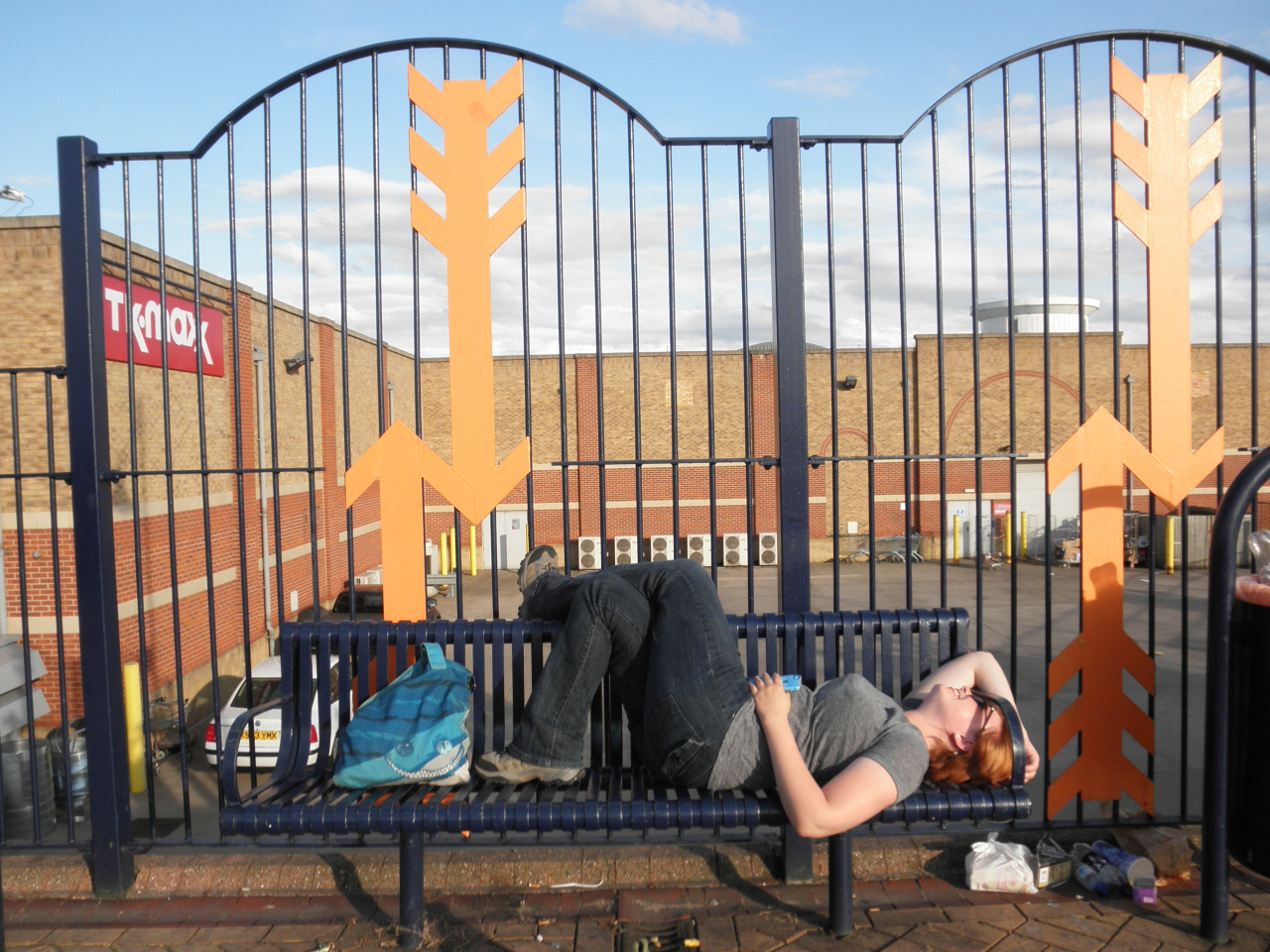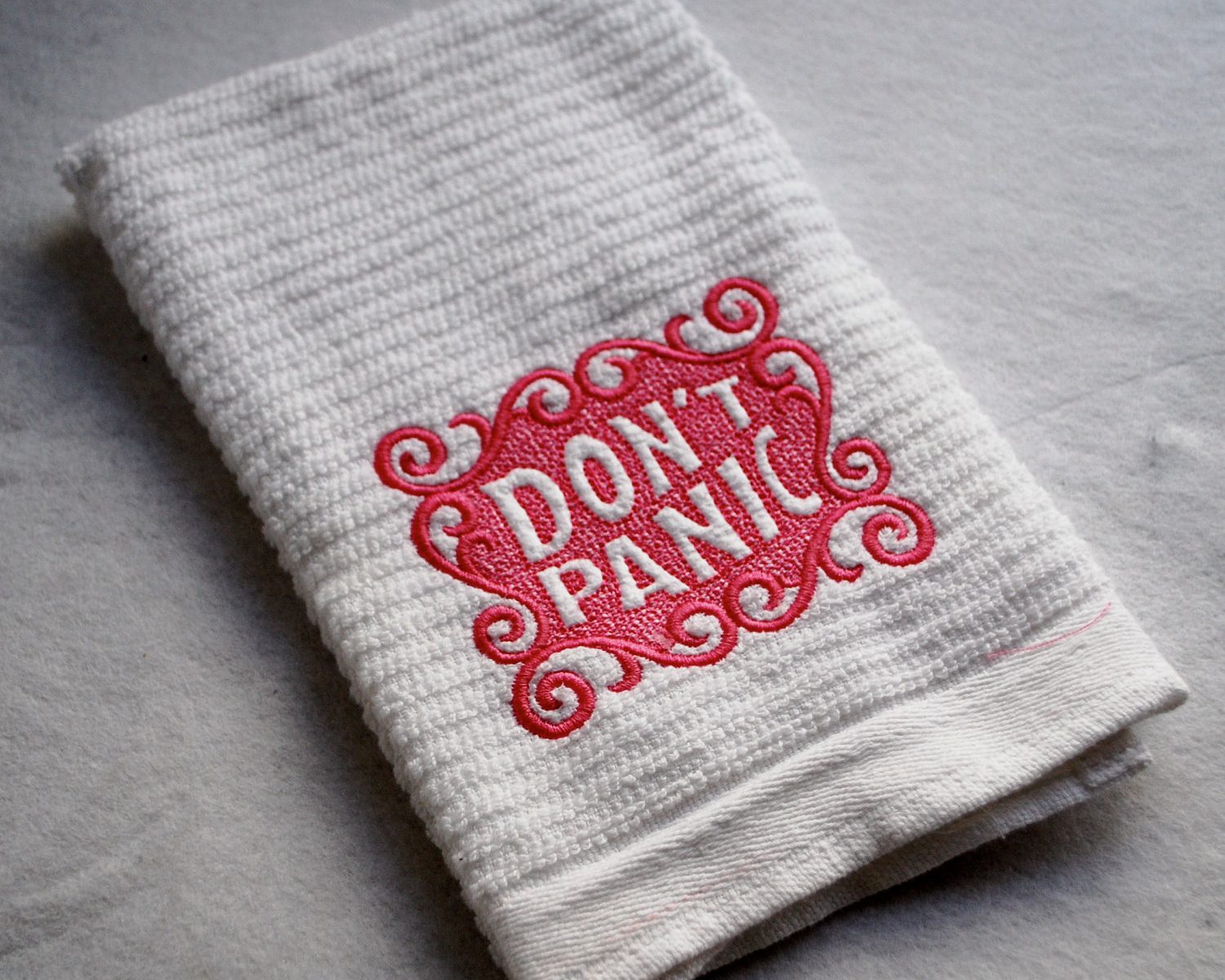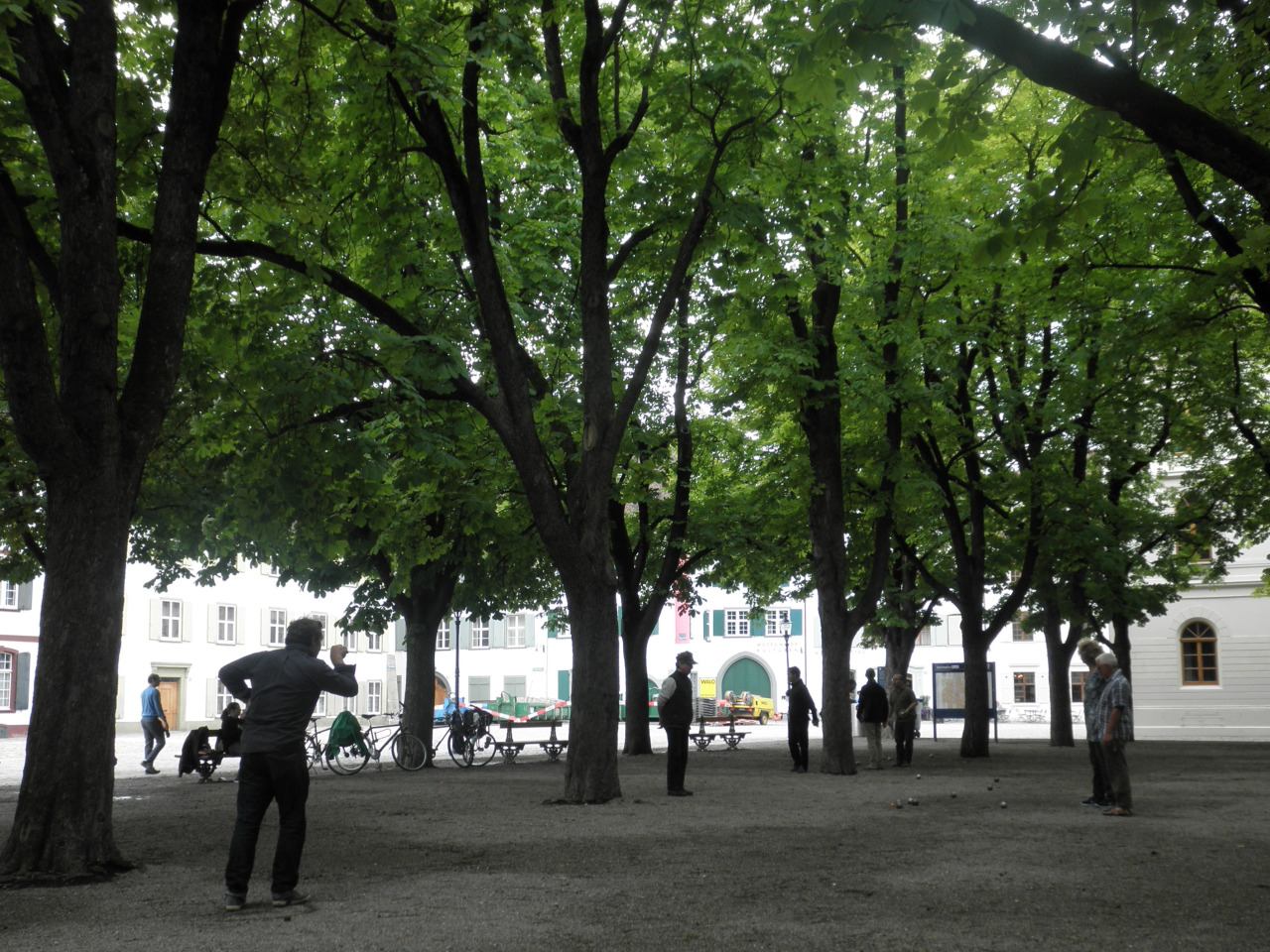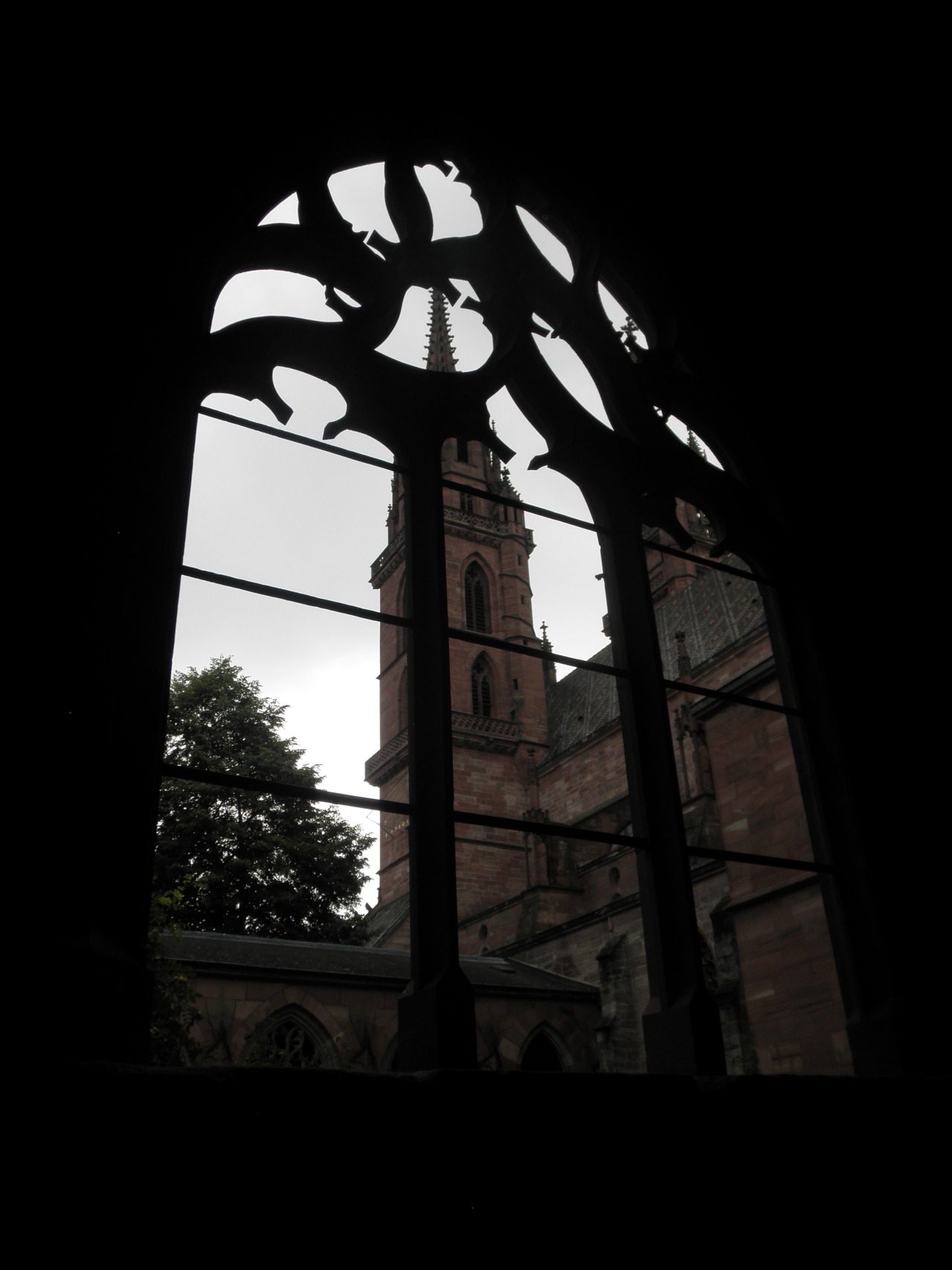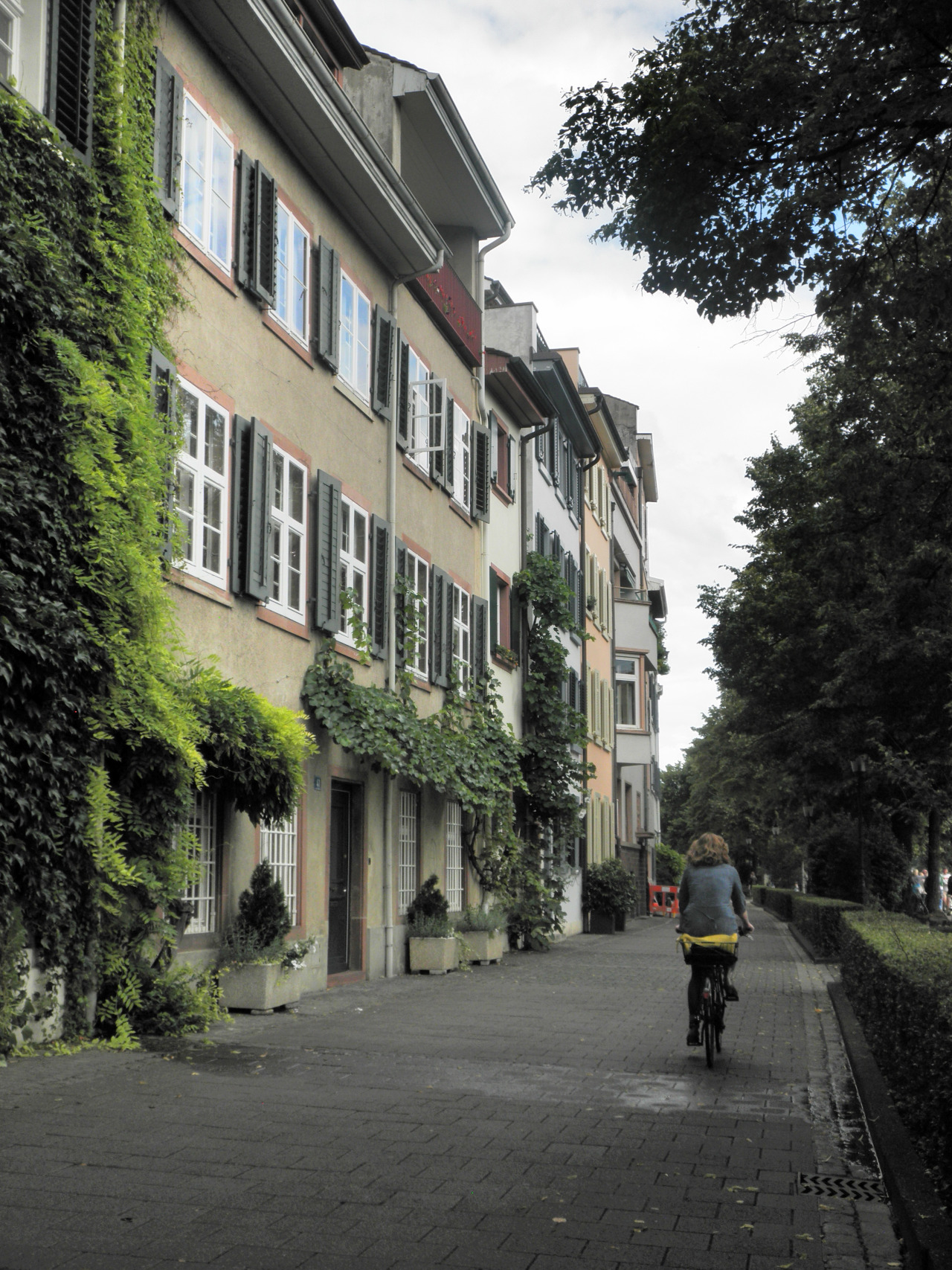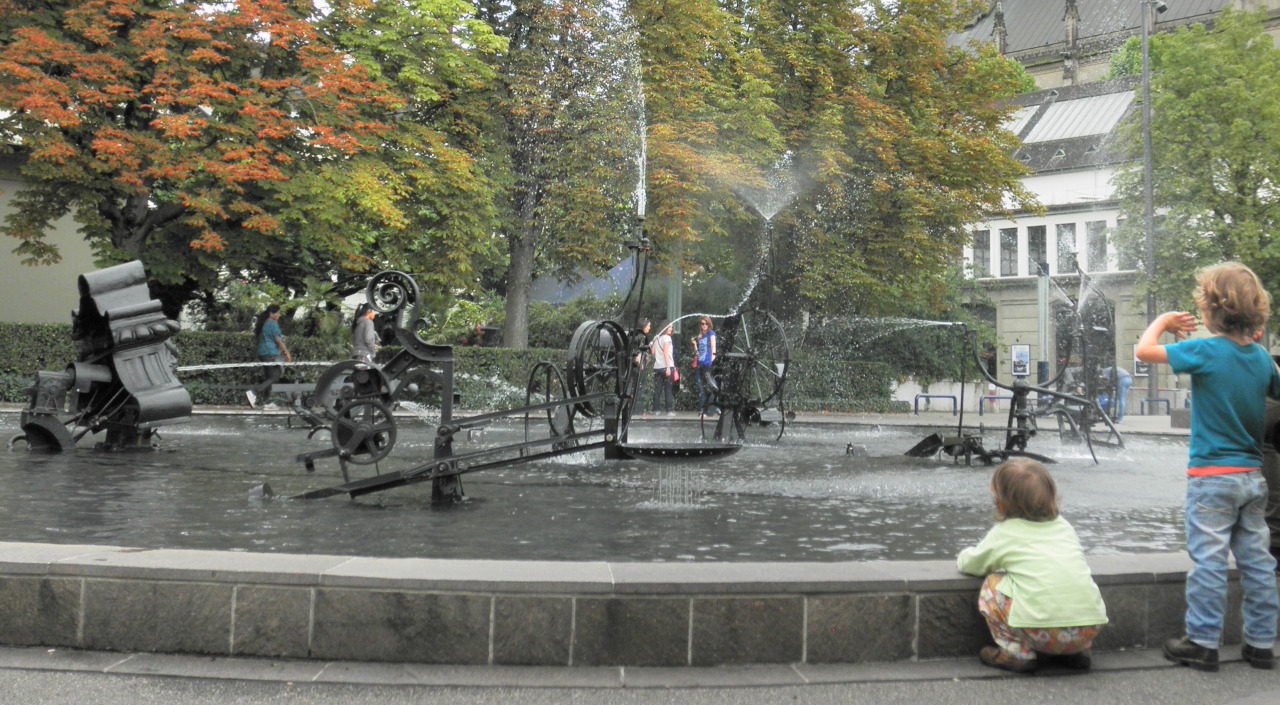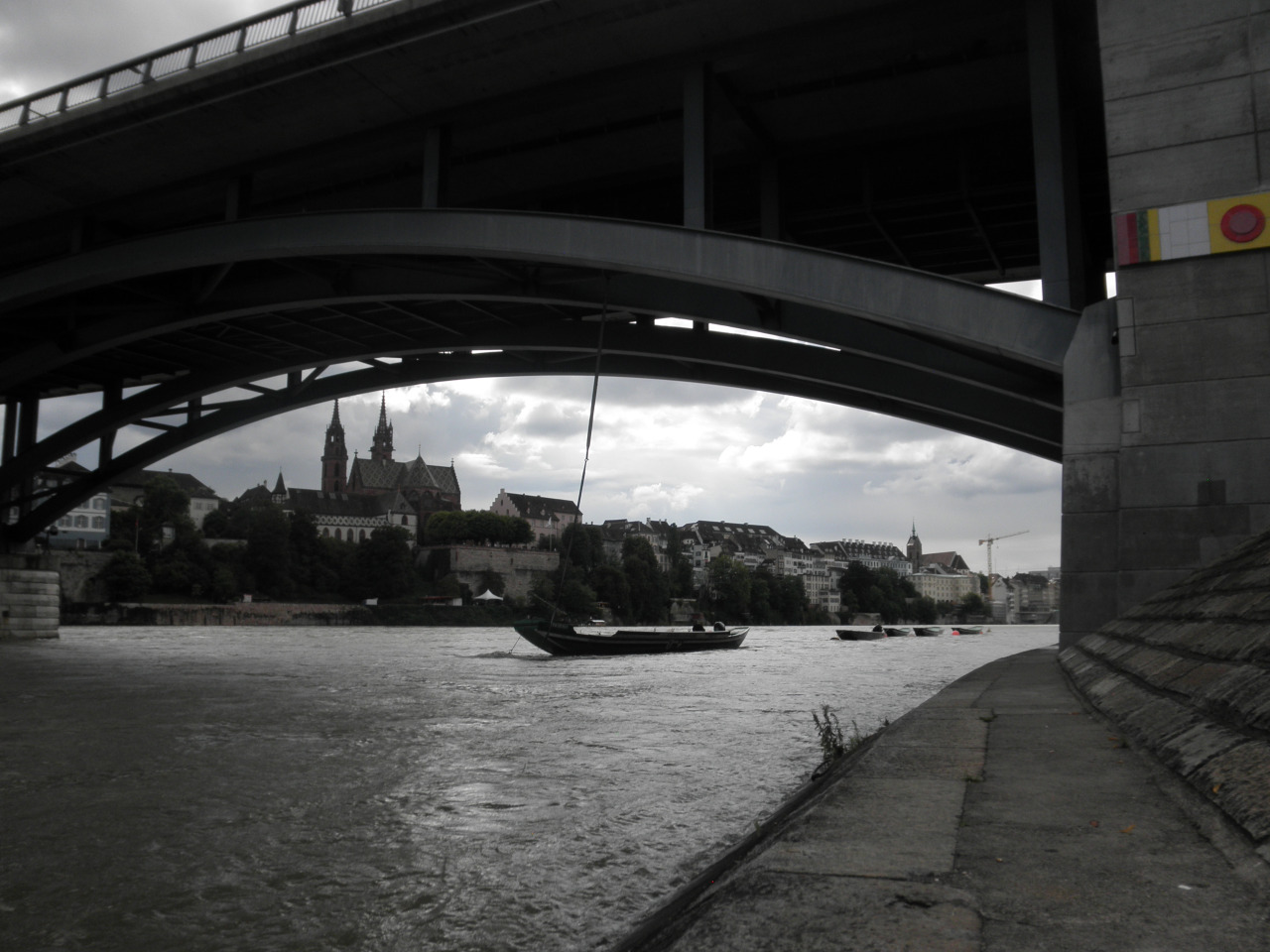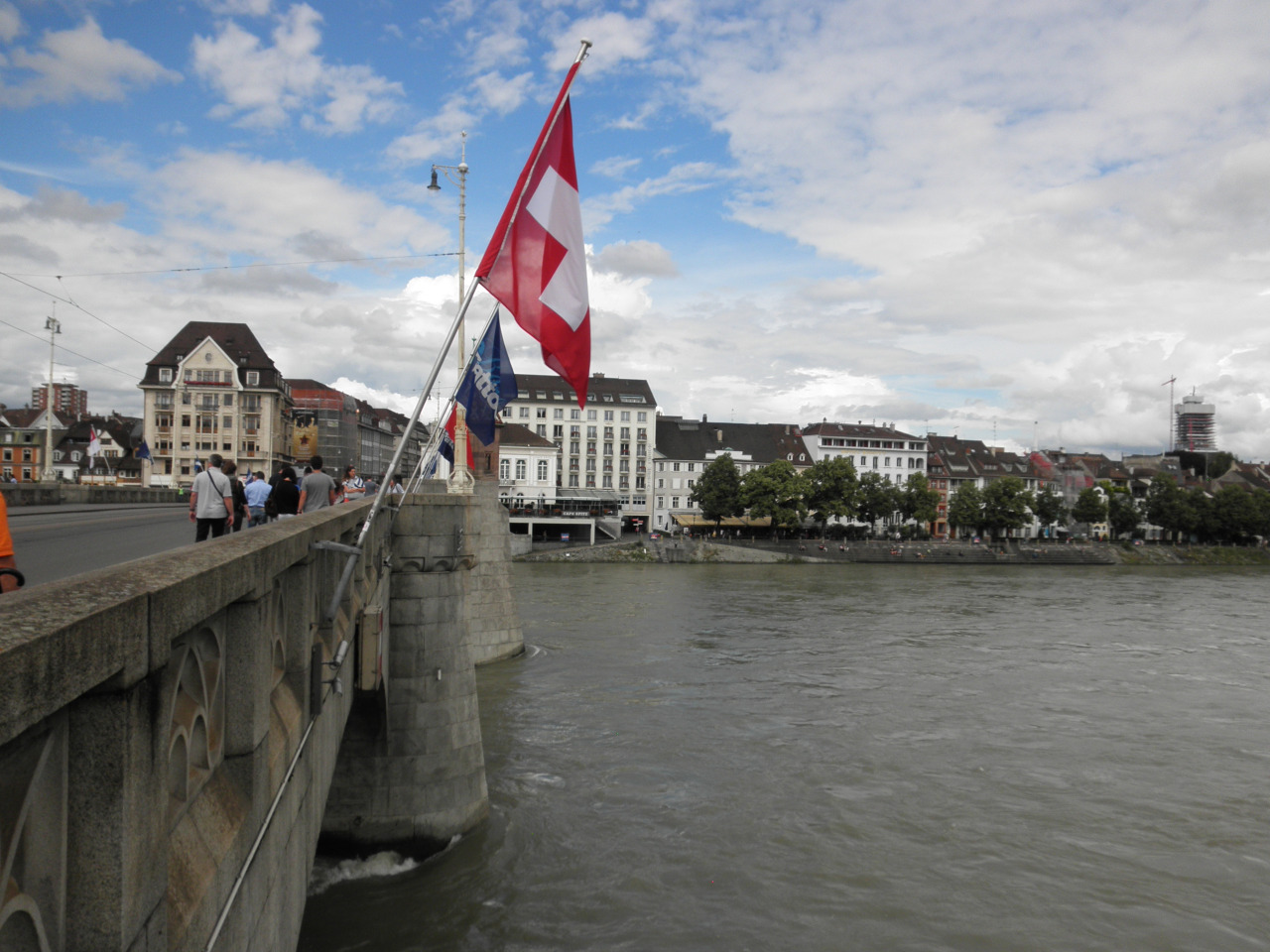Hugh Stewart Hall
August 7, 2014
The last nights of dorm life
The four girls’ rooms faced each other across a little hallway where we often hung out and talked and planned, our laptops resting on the drab carpet. Nearby, a door opened up to the courtyard of Hugh Stewart Hall. Downstairs, Ryan lived in a room next door to the small kitchen. This little corner was all ours. But the rest of the Hall was periodically invaded by summer school groups with screaming children. For most of the summer, it seemed to be hundreds of Italian middle schoolers in a summer program to learn English. But recently, British high-schoolers had taken over in what seemed to be a “pre-college” experience week. They had thrown M&M’s at Missie’s window earlier in the week and were generally loud and obnoxious. Tonight appeared to be their last night and in celebration a dance – complete with pizza and a DJ and all of his sound equipment – was being held right outside our windows. Close to midnight on a “work-night” the noise had yet to abate. Then Steve the security guard walked in.
“Some of them aren’t right in the head, I think. A kid said
the F-word to me earlier. I don’t know. I found his teacher. And his teacher
was his mum. He didn’t really apologize. The students wouldn’t do that to me –
you know, I’m Steve.” Steve said, slightly choking back his emotions.
“You know one time, during graduation, you know everyone was
walking around with their parents. This man was with his wife and came in and
asked me about the old Warden. Well, I said, he retired 8 years ago. Oh, that’s
a shame, he said, I would have liked to tell him how I got on. That was
interesting to me, so I took him and his wife around – went into the dining
room and bar. I ask him if he remembers where his room was, and he did, so I
take him there and unlock the door and he poses working at the desk while his
wife takes pictures. A while later I get a letter with a wax seal with Rolls
Royce all embossed on the front. It’s addressed to me, at work! I mean, I never
get letters. I open it up, and it says Dear Steve and goes on and on about his
visit. And he signs it in ink at the bottom, John Rishton, CEO of Rolls Royce.
Maybe Rolls Royce doesn’t mean anything to you guys in America, but here…
…A lot of people have come through here. Alex Tew lived here.
The Queen came through here once! Do you want to see the picture?” [He leaves
for 5 minutes to go retrieve a small history book on Hugh Stewart Hall. He
insists we all take pictures of her.].
He thumbs through old pictures, remarking how “students used
to wear a suit and tie to go to the library! Now they have skateboards like
Bart Simpson or something and wear I don’t know, ball caps sideways.” He shows
pictures of when the Hall was smaller and there were fields surrounding it. He
tells stories of how Hugh Stewart Hall’s bar was one of the last remaining bars
that was student run. They made so much profit over the course of the year, but
then had to pass it on to the next year’s students, so they would throw huge,
lavish parties to spend that year’s profits and bring in the best bands. One
year, they booked Culture Club weeks before they burst into popularity – and
yet the band still honored their contract. The warden at the time was straight
laced and didn’t like Boy George’s appearance – but obviously the concert, run
out of the cafeteria where student technicians had somehow rigged up speakers and a stage,
was a hit.
He left, cursing the students had gone past their curfew,
and ensuring we had a proper plan for leaving our keys in an envelope to check
out Saturday morning. Walking down the stairs, he called out that he was on
duty the next night and would love to say goodbye. Outside, the DJ took a break
from techno-pop and plunged into a Grease melody the teens immediately followed
along with bursts of shout-singing the parts they knew. Those summer nights.
I hope everyone takes the time to acknowledge how much care University support staff often bring to their work. Students are so transitory but these people embody the living history of a place. Everyone has a story and I’m glad we heard Steve’s.
English Dorm Life
Dear Future IRES Student
August 8, 2014
Dear Future IRES Student,
Congratulations,
you’re probably an amazing person – at least your predecessors were, so you
better fucking be too. Here are some notes, carelessly thought out and
organized, on mundane things that could be helpful/reassuring/you could figure
out on your own but may read anyway because you’re a nice person.
On Getting To Nottingham:
Woo it’s
time to start! You told the nice travel agency woman what flights you want (but
actually you should do this – stay within budget, but pick your airline and
arrival/departure times – the two of us that did got comfier seats with
personal screens and free movies – the other three were sad, angry people that
had to sit next to screaming children and stare far away at one tiny screen
that played one movie the entire flight) and now you are on your way! Plan for
a day of recovery – they call them red-eyes because you will come out on the
other side of the pond with the eyes of an albino because you both forgot to
take out your contacts and never really fell asleep, though you listened to
classical music, put on the eye cover and in the ear plugs, read a wretchedly
boring book, and even dabbled in drugs – real sleeping remained a distant
dream.
If you get
there before the program starts (Summer Solstice at Stonehenge say whaaaaa?)
you can get to Nottingham by train or bus. Trains can be slightly more expensive,
but they are often easier, more comfortable and faster. With a rail card (see a
note on those things I will probably write sometime later), and booking a few
days in advance, you can get a one-way train ticket from London to Nottingham
for 10-15 pounds.
Within the
next year or so, tram service is supposed to run from city center to the
University, so the next bit of information may be useless. Whatever you do,
don’t try and walk from city center to the University. I mean, you can, but
maybe during a nice long run. It’s several miles and can be slightly confusing
and definitely uphill and overall gross. And back in my day I walked uphill
both ways through the snow to get to class, so take my word when I don’t want
to walk somewhere. So, hooray bus! You want
the the number 34 (the number 36 is nice too, but doesn’t bring you into
the heart of campus). From the main exit of the Nottingham train station, you
walk toward the Starbucks, down a couple blocks past Sainsbury’s until the road
ends, then take a right. That should be the Broadmarsh bus station, and lots of
screens should be up to tell you when the next one is coming. They run every
half hour (in the summer, during non-term time), beginning from 7am(ish) to
11pm(ish). It’s a 20 minute-ish ride-ish and it will be very obvious-ish when
you get to campus-ish. The fare is 1 pound for students and it requires exact
change. (I detail all this because Nadia and I were very tired our first day
and our bags were very heavy and it was very hot and we couldn’t cry in
Starbucks anymore because it was attracting attention so we had to waddle
around and figure all this out and maybe this can help prevent another lost
soul from all that crying and waddling.)
On Nottingham:
When we
first arrived, we were so excited to get to know the place really well and
uncover all of its hidden treasures. We asked around about all the exciting
things to do Notingham. “What do you do for fun?!”, we asked, expectantly. “Go
to London” several people answered. So, yes, stick around Nottingham a weekend
or two, get to know the place and explore. Go see an outdoor play, go visit the
city center restaurants and bar, go visit the Castle and Wollaton Hall, and rent
a boat on the University pond. But then go travel to someplace you’ve been dying
to see, don’t hold yourself back – the rest of the UK and Europe are literally
on your doorstep, so make the most of the summer.
On traveling outside of Nottingham:
–
If you travel in London at all, get an Oyster card. There are booths that will
dispense one for you or tellers that will speak in a brilliant British accent
and personally hand one to you. It’s a 5 pound deposit, which you can get back
when you turn it in on your way out of the country/London. Normally a single
ticket is like 4 pounds for the underground, but the Oyster card knocks it down
to 2.20. Boom. Savings.
–
If you plan on traveling around the UK, totally
look into a 16-25 Railcard. It’s 30
pounds, which feels steep, but it gets you a third off all train fares. Mine
easily paid for itself and then continued to save me money.
–
SUPER UNHEARD OF SECRET AWESOMENESS: If you have
a 16-25 Railcard (normally just good for trains), make sure to talk to a nice
London Underground teller and he will give you a form to register it onto your
Oyster card and get you EVEN MORE DISCOUNTS
–
It’s a solid 30-45 minutes on the Piccadilly
line from Heathrow to central London – It’s not a big deal, but plan for it –
there are lots of airports that say they surround London, but are actually like
an hour away in the suburbs somewhere
–
There’s an airport a bus ride away called East
Midlands. If you’re flexible with your destination, look up all the places it
flys to directly, and plan from there – some are random places in Spain you’ve
never heard of, others are big cities like Rome.
–
Europe is at your doorstep, take advantage of it
if you can. We went to Rome, Amsterdam, and Paris over the weekend – they were
longer, slightly sleep-deprived weekends, but it’s totally doable
–
Ryanair is an awesome European cheap airline.
Like dirt cheap. But to allow them to do that, they charge for every little
freakin thing. Like I didn’t feel like printing out my boarding pass beforehand
and thought I could do it at the airport – nope, that oversight cost me 70
pounds, about as much as the original plane ticket. They squish you into the
smallest seat possible on the most packed plane possible. And they charge for
water. So no complimentary snack food/drinks here. Overall, they’re still worth
it, just read every detail and be aware.
–
Backpacking backpacks are awesome. Europe
doesn’t really seem to believe in easily accessible elevators – or really
elevators at all – so be prepared to carry things. Yes, rolling bags are nice
80% of the time because everything you own can glide nicely next to you; but
20% of the time there are stairs.
–
England shuts down early. 24-7 stores are an
American thing and are virtually unheard of here. The post office closes at
4:30 or 5, as do most shopping areas. Pubs close between 10pm-11pm. Yes, there
are night clubs and things, but even bar hopping in London we had to quit at 1
or 2am.
–
Pubs aren’t required to serve food and many only
serve alcohol. Even if they do serve food, most don’t serve food on Sundays.
–
Get used to military time
–
A ‘return ticket’ means a round-trip ticket aka
both ways aka there and back again. It threw me for a while because why would I
only want a return ticket, when I need to get the place I’m returning from
first. #logic
–
Don’t be afraid to ask questions and feel like
an idiot. Try and be educated and non-annoying, but don’t be too bull-headed or
meek to seek answers when you’re lost. What’s logical to the locals is not
always logical to you/the rest of the world. When I traveled in Costa Rica, a
local made fun of me for booking a hostel ahead of time. When I traveled in the
UK, a local made fun of me for not booking more in advance. You just can’t win.
In England, trains will often arrive at a platform 10 minutes early and sit
there for a while. In Switzerland, I was chastised by the ticket conductor
inspector dude for taking the train that arrived on the platform 5 minutes
before the one I wanted. These mistakes may cost you more money than you had
wanted to dish out, but it’s never the end of the world.
–
Bring
your University of Nottingham admission letter with you every time you leave
the country. Your student visa is only good for as long as you stay within
the UK, so they’ll have to reissue you one each time you return into the UK.
Which really ends up being just a new stamp they have to sign at customs.
–
There are student discounts everywhere. Look for
them and don’t be afraid to ask for them.
–
Keep calm and hold onto your towel [But
actually, a towel can be a very useful thing to have]
On living in the dorms:
I have very
low standards. I can fall asleep almost anywhere and sleep through almost
anything. I have happily survived years of cramped dorm room living. So I was
actually happily surprised we each got our own room in the dorms. Howver, like ice cubes in your drink, air
conditioning is an American thing.
On money:
–
look into getting a chip-and-pin card or a tap
card; most places accept magnetic strips for visa or mastercard, but it doesn’t
hurt to look into it – some people did run into trouble at automatic ticket
machines for trains/buses/metro
–
call your bank to tell them you’re leaving the
country and while you have them on the phone, make them expalin exactly what
charges you may incur by using your cards overseas. It may even be worth it to
look into a credit card that doesn’t charge foreign transaction fees
–
Don’t worry about traveler’s checks, getting
cash ahead of time, etc. Bring a debit card and use an atm. Even if every party
charges you withdrawl and conversion fees, it’s still a better deal than doing
it at the airport, especially if you take out a larger amount of cash every now
and then.
Ok, now you’re (more) ready for adventure. Enjoy it!
<3 Rachael
Paris
Paris, France
August 1-3, 2014
Everyone sees the world through different lenses – and
Ryan’s included a bit I hadn’t traveled with before: video games. In the
Louvre, from across the room he pointed at a painting and exclaimed “That’s
Joan of Arc!” I mean, sure, there are probably very few women painted in their
battle armor, but it still felt like a bit of an assumption when we hadn’t even
tried to translate the plaque yet. But he persisted that he was right because
that was her character portrait in this game. I may have very obviously rolled
my eyes at that. Later on, he schooled
me figuring out the layout of the city. I normally pride myself on a sense of
direction and strict adherence to whatever free map I’ve picked up, but Ryan
would momentarily glance at a map and then go, eh, we should go in that direction.
It took awhile for me to relinquish navigational power, but he kept being
mostly right and it was hard to argue with that. When Ryan, Nadia, and Missie
had gone to Rome, he had apparently been an excellent navigator, basing his
directions on different campaigns in some Roman version of a game called Assasin’s
Creed. He was actually slightly upset that the French Revolution version of Assasin’s
Creed was to be released in a couple of weeks, or else he would have known
Paris better too!
Our first night in Paris, we sat on the green lawn
stretching out before the Eiffel tower, bought a couple of beers from the
otherwise annoying vendors, and watched as at exactly 10pm, the tower erupted
in bursts of electric sparkles.
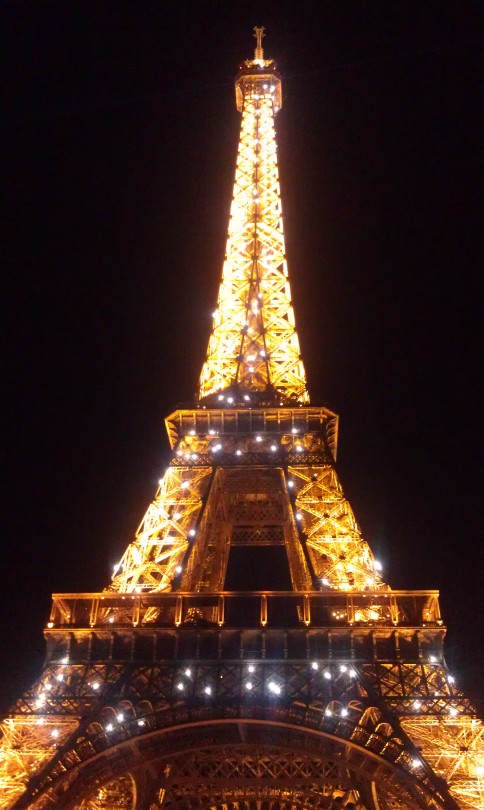
The next day, we got to the Louvre just after it opened and
waited in a reasonable line snaking between two glass pyramids. The gothic
buildings lining the stone plaza proved to be just the tip of the iceberg and an
escalator soon brought Ryan and I into the belly of a monstrous underground
network of treasures. We went straight for the obvious first, Mona Lisa and her
precocious smile. But then we wandered: through hallways of marble statue,
underneath the Greek muses, in between imposing Egyptian feet, and across
impressions of landscapes. I recognized some pieces, but my art history isn’t
the greatest and my ability to interpret French plaques even worse – with more
time and money we could have followed a guide. Even without the history lesson,
it was impossible not to appreciate the talent of the artists, allowing the
building’s atmosphere to transport you to a realm brimming with humanity’s
achievements.
After so much walking we grabbed lunch at an outdoor café.
The pizza we split was probably over-priced, but I was happy to see our tap
water arrived in Hokie maroon and orange cups – and the location – right on the
boulevard connecting the Louvre with Notre Dame – could not be beat.
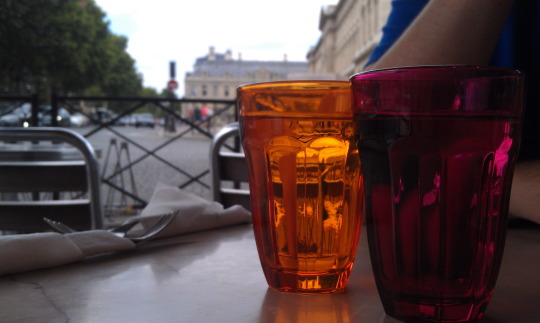
In the middle of the afternoon, the line into Notre Dame
wrapped back and forth covering the entire stone terrace in the shadow of the
western façade. But it moved steadily and entertainment was found watching one
after another Chinese couple, decked out in extravagant wedding gown and suit,
pose in front of their personal photographer clicking away – like they had
already had the wedding but flew to Paris for the wedding photos. The interior
of the church was your average large dark sanctuary with flying buttress
history, virgin Mary’s, stained glass, and offertory candles. But we stood in
an even longer line to climb the bell tower. That floored me. On a clear summer day, we got a beautiful view
looking out across the entire city. The bells boomed loudly beside us. And, my
absolute favorite part, we got right next
to the gargoyles. Gargoyles! One of my favorite cartoons as a kid! And the
three characters that befriended Quasimodo in Esmerelda in this very church. On
this very balcony.
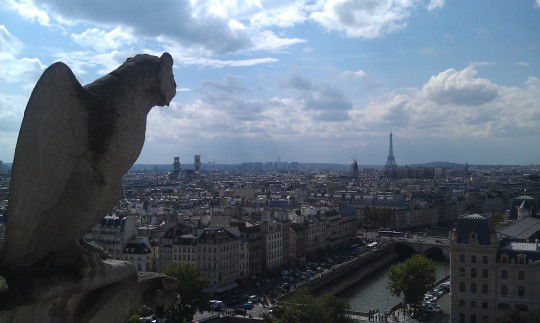
We grabbed dinner at a small Italian place that agreed to
charge our phones in the back and tried to wait out the sudden assault of rain.
After the excitement of both the Louvre and Notre Dame both my actual camera
and cell phone had died from the sheer exhaust of capturing so many pictures.
After watching the Eiffel tower twinkle the night before, I had
it in my head that it would be much cooler to be on the Eiffel tower when the bursts of light go off. That I would
be immersed in a fairy tale, like being surrounded by lightening bugs in The
Princess and the Frog or the lanterns in Tangled. Ryan went along with my
delusion. As the sun began to set, Ryan and I began at step one of the
six-hundred-and seventy-two steps that I counted. At the second floor we then
had to wait for a glass elevator to bring us all the way to the top – during which
I realized that while I am not afraid of heights, we’re not exactly best
friends. I also learned that my beautiful glowy light fantasy turned out to be
a bright-paparazzi-flashing-in-your-face-strobe light experience. So, you live
and learn. Safely back on the ground we bought souveneirs and walked around the
city of light until our bodies couldn’t take it anymore.
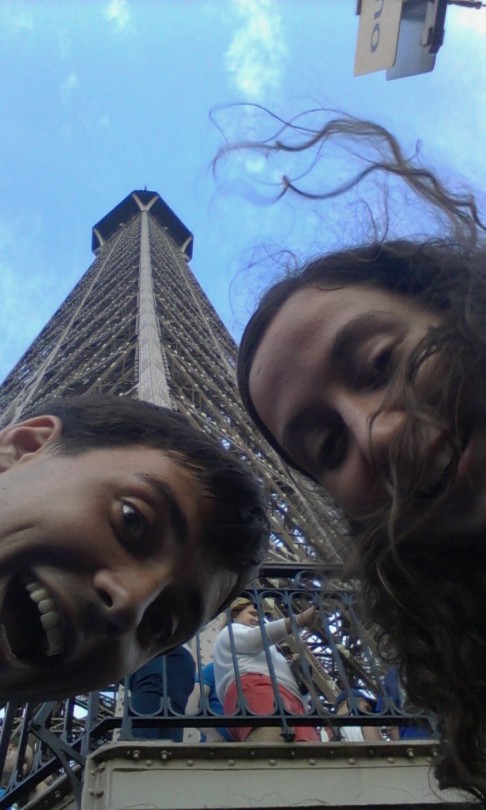
The next morning we got up early and walked from our hostel
to the catacombs. We got in line before it even opened, but had only moved
halfway to the entrance three hours later when we needed to leave to catch our
train back to London. In the remaining few minutes we had, I bought a banana Nutella
crepe from a food cart and sat peacefully on a bench in some garden, my little
oasis to compensate for missing the last thing on my Paris to-do list.
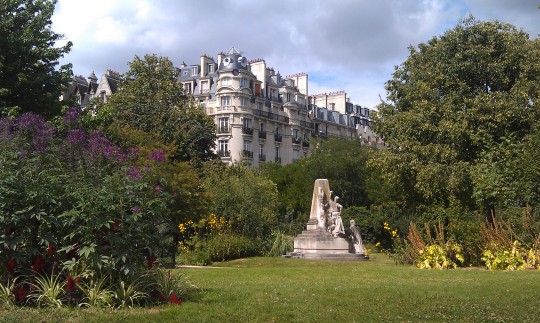
Racism still exists
Before living in England for the summer, I had this very naive perspective that, socially, Europe was somehow better than the U.S. That magically racism didn’t exist. The European Union and the Euro currency proved so many people with so many different backgrounds and languages were able to come together into this one unit. In the US when we learn about our own history of slavery, we learn that England banned it first. All of the Obamacare debates looked toward Europe’s socialized healthcare system as a model. Women regularly serve in leadership positions. In the wake of horrible mass shootings, someone always points out that British police officers do not carry guns (because guns are banned and they don’t need to). To the point where it often sounds as if all of America’s social problems get solved in Europe 20 years beforehand.
But the world isn’t perfect, and neither is Europe. I heard gypsies described the same way some people in the US describe poor African Americans today – that they are irresponsible, have too many children, are gaming the welfare system and are overall a leech on society. The Brazilian World Cup was in full swing and before every match the two teams would pose with an “End Racism” banner. I asked a co-worker why they do that and apparently black soccer players have had bananas thrown at them among other abuses I’m sure.
Cassie and I talked a lot about this when she visited me in Nottingham, one of her last stops before heading home after touring Ireland for two weeks. She was still reeling from her last days in Northern Ireland. Her reflections on that part of her trip have stayed with me:
“This was the most intense and interesting part of the trip. First of all, I spent the first day in Belfast doing the Black Taxi Tour, which is a tour of sites relevant to the Troubles (http://en.wikipedia.org/wiki/The_Troubles). My driver (who I think was hinting at being a former IRA man) took me to Shankhill, which is the site most associated with the Troubles. It’s a working class Protestant neighborhood across the street from a working class Catholic neighborhood. There are walls all over the city separating these neighborhoods, but the wall between these two is by far the largest. It’s all very sobering and confounding, but I didn’t get emotional until we walked to the Catholic side and looked at the houses that line the wall. They literally have cages over their back patios to protect themselves from missiles.
I specifically elected to go on the weekend of 12 July, which is the weekend celebrating the Battle of the Boyne. So basically, when James II converted to Catholicism in the late 1600s he was dethroned and replaced with William of Orange (Yes, William of W&M) in the “Glorious Revolution.” James decided to fight for the throne and the final battle was the Battle of the Boyne in 1690, wherein King William kicked his ass. To this day, it is a very big holiday in Northern Ireland, because 1) it happened close to the region and 2) it celebrates the triumph of England and Protestantism over Ireland and Catholicism. Despite getting out of the Troubles 15 years ago, N. Ireland is still majority Protestant and that majority is very into this rah-rah Britain, rah-rah Protestantism celebration, at least in Belfast. The celebration consists of bonfires the night before and the Orange Parade on the 12th (it is actually run by the Orange Order, yes after W. of Orange, and it is basically an all-male Protestant supremacist group. Oh sorry, they “exist to promote the Protestant faith.” *side-eye* I watched the whole parade, which is basically a paramilitary demonstration surrounded by sidewalk Belfast patriots who like to show off their Britishness but, really, ye shall know them by their drinking.
The Bonfire: This was by far the most surreal part. The night before the parade the city lights these ENORMOUS bonfires, we’re talking 50+ feet high, all over the city. The fires of course have Irish flags, effigies of Catholics, Sinn Fein posters, etc etc. The biggest one in town (60+ ft) is in Shankhill– yknow, the neighborhood that saw the most violence in the Troubles. But it has nothing to do with Irish or Catholic hatred rah rahhhhhh Britainiaaaaaa
Anyway I went to a different bonfire in the middle of town. It was in an empty lot surrounded by buildings (??) and there were NO cops (??????). When the time came they poured gasoline on it and then threw molotov cocktails to light. It grew to this giant tower of flame. I really can’t describe how terrifying and sobering it was… for me. Of course everyone else was drinking and dancing in the street.
Gah! I haven’t even gotten to Derry! OK, real quick: Derry is where the Troubles got started, and it has since named itself the “City of Peace and Reconciliation.” I went on two tours of the city. The first was the general, watered-down, tourist-friendly, biased-in-its-neutrality crap tour that was made worthwhile by the tour guide– a lady who couldn’t have been more than 40 but had like clown makeup and a horrible fake tan and the silliest accent I’ve ever heard: “Are yeh gewin on da tchewer?” etc. The second tour was the Bogside Tour (look up the Bogside) put on by the son of one of the men killed in Bloody Sunday. At the end he showed us where his father was shot. Right before that he took us to the wall that says “You are Now Entering Free Derry” which is occasionally decorated with current sentiment. Right now it says, “End Genocide in Gaza.” The guide proceeded to go on a rant about the current Israel/Gaza war (bear in mind this was July 13th so fairly early on) and said, quite matter of factly, “The Jews have a lot of power in the United States and Obama doesn’t want to upset them.” I was shocked and tried to talk with him about Jews I know and their feelings about Israel. But the sentiment was repeated to me throughout my trip. The Irish are very anti-Israel and quite certain that the American Jews are a major factor in the current conflict and will not flinch in saying so. (As these things go, on my return flight I sat next to a kid my age who was returning from a Birthright trip. We talked about the war for hours).
I realize I’m terribly biased but if it helps any I think my Irish ancestors were Ulster Presbyterians. “ – Cassie Cole
Sometimes we travel to see beautiful things and places to cross them off our bucket list. Other times travel is more informative than enjoyable. But it always leaves an impact. And sometimes you hope you leave an impact in return.
A weekend with Cassie
The Hitchhiker’s Guide to the Galaxy has a few things to say on the subject of towels
A towel, it says, is about the most massively useful thing an interstellar hitchhiker can have. Partly it has great practical value. You can wrap it around you for warmth as you bound across the cold moons of Jaglan Beta; you can lie on it on the brilliant marble-sanded beaches of Santraginus V, inhaling the heady sea vapors; you can sleep under it beneath the stars which shine to redly on the desert world of Kakrafood; use it to sail a miniraft down the slow heavy River Moth; wet it for use in hand-to-hand combat; wrap it round your head to ward off noxious fumes or avoid the gaze of the Ravenous Bugblatter Beast of Traal (a mind-bogglingly stupid animal, it assumes that if you can’t see it, it can’t see you – daft as a brush, but very very ravenous); you can wave your towel in emergencies as a distress signal, and of course dry yourself off with it if it seems to be clean enough.
More importantly, a towel has immense psychological value. For some reason, if a strag (strag: nonhitchhiker) discovers that a hitchhiker has his towel with him, he will automatically assume that he is also in possession of a toothbrush, washcloth, soap, tin of biscuits, flask, compass, map, ball of string, gnat spray, wet-weather gear, space suit, etc., etc. Furthermore, the strag will then happily lend the hitchhiker any of these or a dozen other items that the hitchhiker might accidentally have “lost.” What the strag will think is that any man who can hitch the length and breadth of the Galaxy, rough it, slum it, struggle against terrible odds, win through and still know where his towel is, is clearly a man to be reckoned with.
Coding Color
One afternoon, Dimi and I decided to mess with some red, green, and blue LEDs. The three lights were on a chip which was located in the corner of one of those forest green circuit boards you see when you take apart an old DVD player or computer. So the lights were stuck there on the board; they received a voltage and a current that we could not easily change and therefore we had no control over how brightly each LED shone. But we could turn each LED on and off really quickly, like a strobe light in a haunted house, or blinking multicolored Christmas lights, but faster. I wanted to make my favorite color, purple. But how to make purple light with red, green, and blue? First, a bit of Color 101.
The lights in our TV’s, projectors, computer screens, and LED’s don’t follow the same color system as the one you learned in grade school art class.When kids play with finger painting, they learn that there are three primary colors: red, blue, and yellow. Any combination of those three can produce whatever color you can imagine. If the messy kid next to you decides to go HAM and mix all of the colors, suddenly they are left with brown or black.
But, if you’re working with light, it’s the complete opposite: mix all of the colors together and – as anyone who’s ever played with a kaleidoscope or prism or seen Pink Floyd’s Dark Side of the Moon album cover, you know this one – you get white.
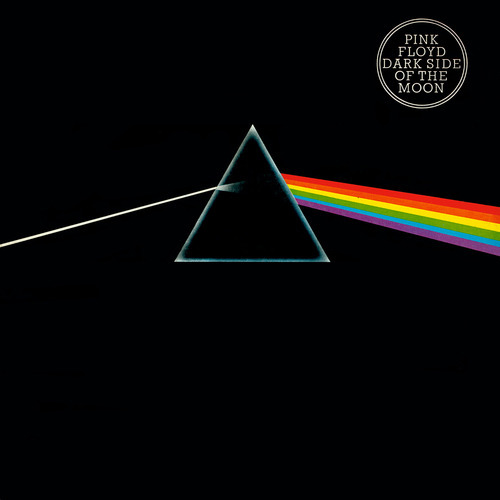
With light, the primary colors we use are red, green, and blue – this is why whenever you turn on a projector that funky screen appears with RGB at the bottom. (Random sidenote: RGB is also my initials and I truly believed the CIA was trying to send me messages through the projector – but you know it’s cool it’s this color thing too). Fancy color people call the finger painting system ‘subtractive’ and the light system ‘additive’ when they describe the two color systems, as seen side-by-side in the images below.
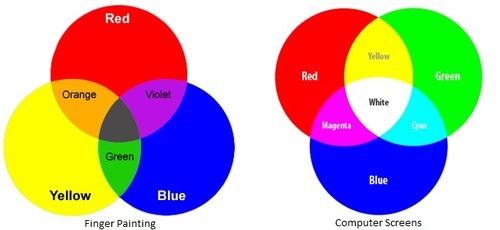
Like an impressionist painting, millions of these tiny red, green, and blue dots combine on your computer screen to allow you to read these words or watch your favorite movie. (You may even be able to take a magnifying glass to your screen and see it yourself).
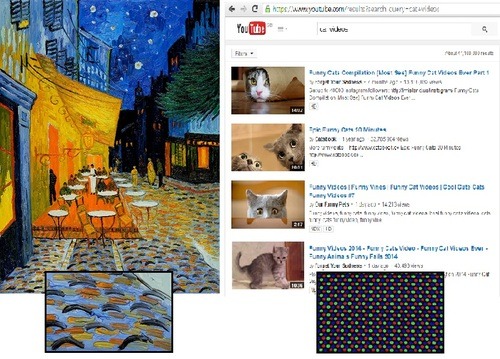
Back to Dimi’s and my experiment with purple light. We knew combining red and blue make purple. And, since we couldn’t control the brightness or where the LED’s shone their light, we decided to control how long each light was turned on. By quickly switching between the red light being on and the blue light being on, the average could become purple. We did this by sending a square signal to tell the switch when to turn on and off, as seen in the picture below.

This is the square signal turning the red LED on and off. The time in between the two red lines represent the period of the square signal – the pattern within the two red lines will repeat over and over again until we tell it to do something else. So if we want red and blue to be on an equal amount of time, we tell the red light to stay on for half of the period time and then turn off for the other half of the period time. The period time can be really small – on the order of microseconds – which means your eye sees the two lights rapidly flickering. When we implemented this and looked at the LED’s directly, they were too bright and you could still see two individual lights – and that wouldn’t work. So we put a piece of paper over the two separate lights to act like a filter/surface for the lights to converge onto, and behold! Purple!
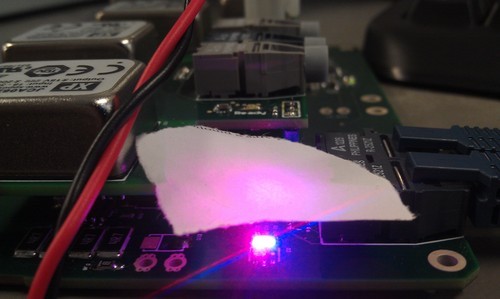
But what about orange? In our new RGB system, orange is a combination of red and green. But this time, we needed to combine different levels of red and green light. When we made purple before, we could turn the red light on for half of the time and then turn the blue light on for the other half of the time. But for orange, we needed approximately 80% of the light to be red and 20% to be green – so we told the switches to spend more time keeping the red light on and less time keeping the green light on. (This makes our square signal look more like a rectangle, but for some reason we still call it a square signal.) The signal shown below shows the green LED: the period in between the two red lines shows the green LED is on for a small percentage of the period and off for the rest of it. The signal for the red LED would be exactly the opposite.
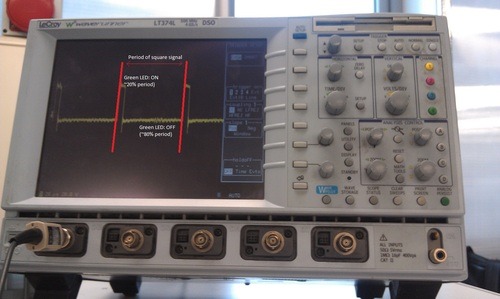
The piece of paper helps to combine the two lights and shows orange on its surface (the picture turned out more yellow, but you get the point.)
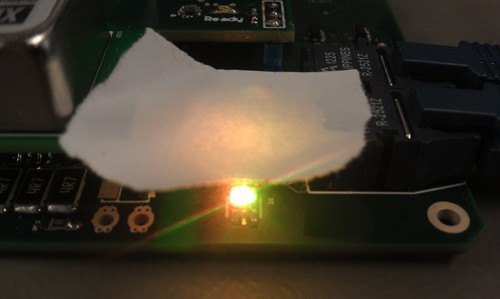
Changing that square signal allows us to change what color light we see, right? Congratulations, you now understand Pulse Width Modulation (PWM). In electronics, instead of controlling what shade of color we see on a piece of paper, we use PWM to control other things like voltage. Instead of a piece of paper, we use inductors and capacitors to average things out. Our lightswitch turning each LED on and off is called a transistor. PWM is simply a square signal that turns the transistor on and off – like your finger turning on and off a light switch. Instead of your brain controlling your finger, we use programming to control what the square signal looks like. The square wave is a voltage wave, and thus we can look at the image on an oscilloscope (the fancy machine with all the knobs that showed us the square signals earlier).
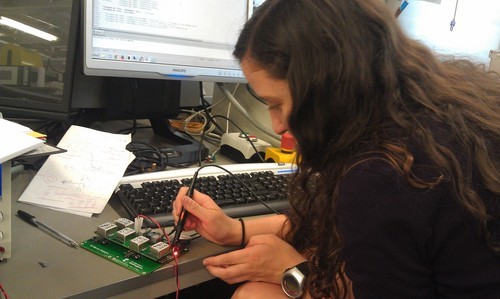
In truth, color has nothing to do with my research this summer. Dimi and I were just messing around with some indicator lights one afternoon. But Pulse Width Modulation does. My work this summer surrounded building a converter: a device that converts the three-phase alternating current a motor produces to the direct current our laptops and cell phones consume. We use PWM to help accomplish this. See future posts for more on converters!
